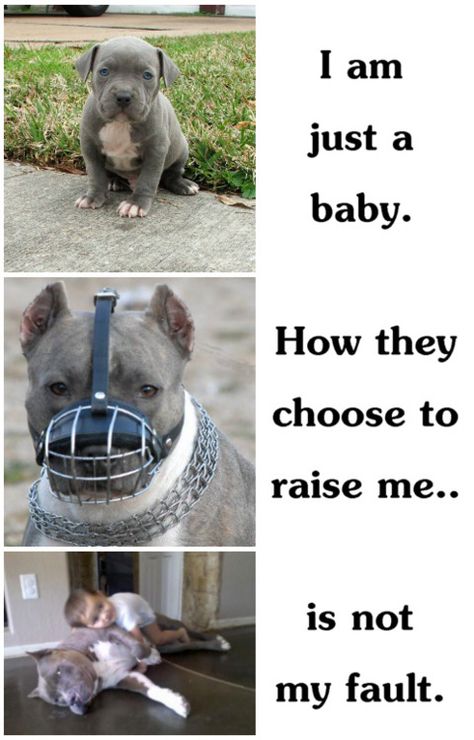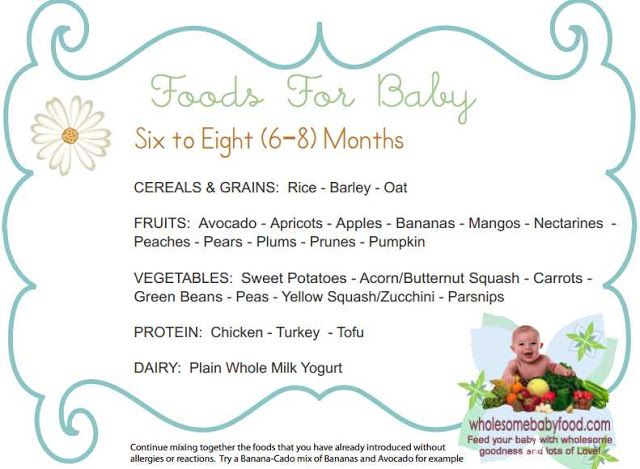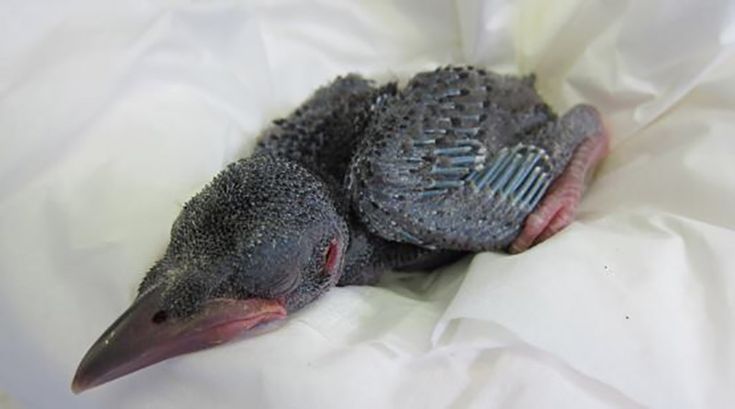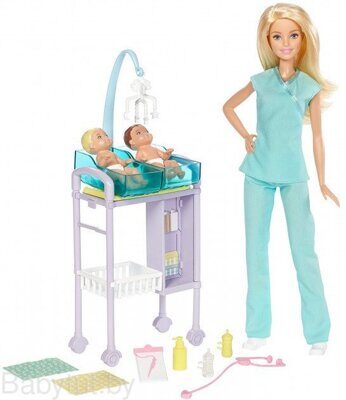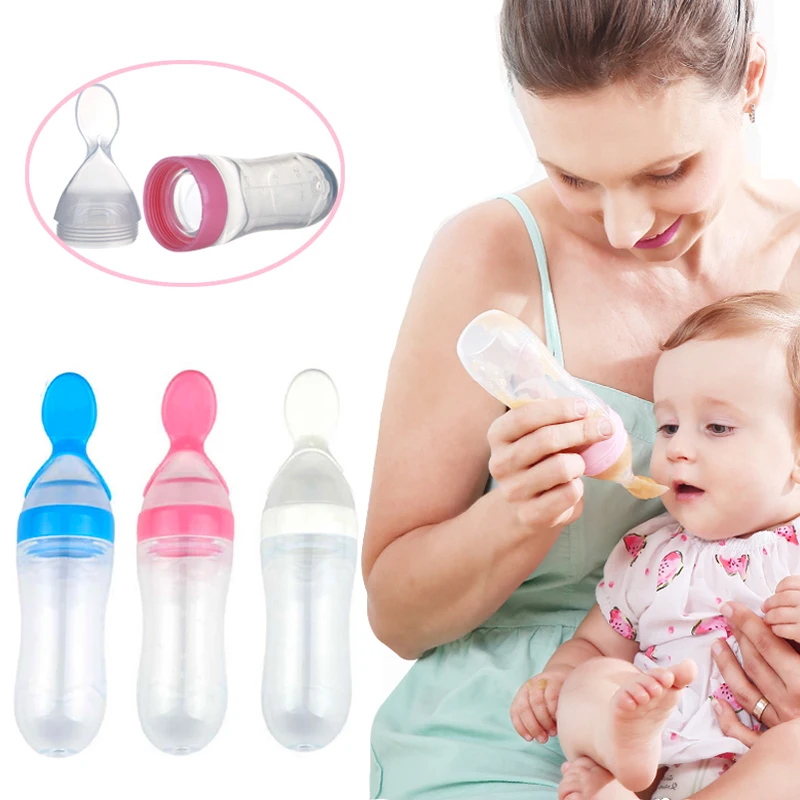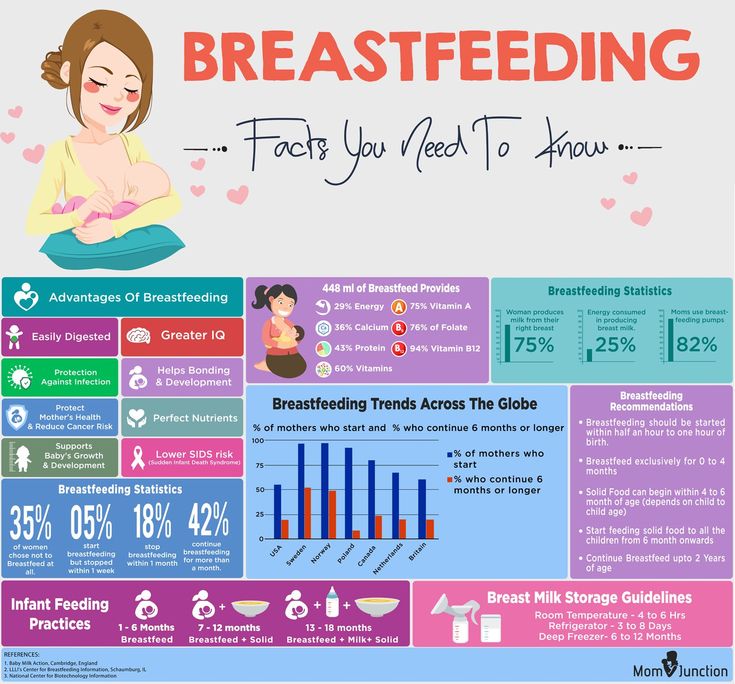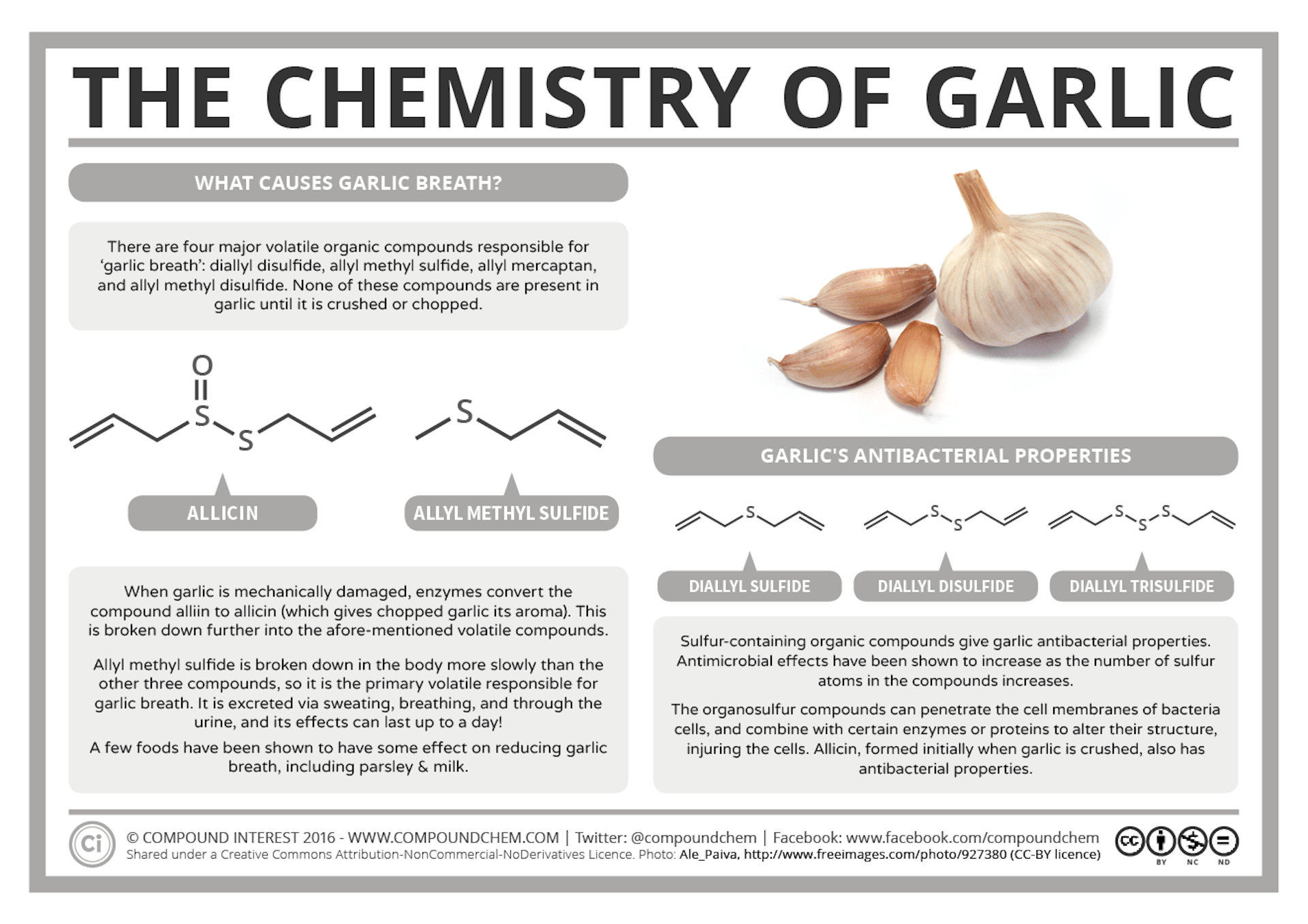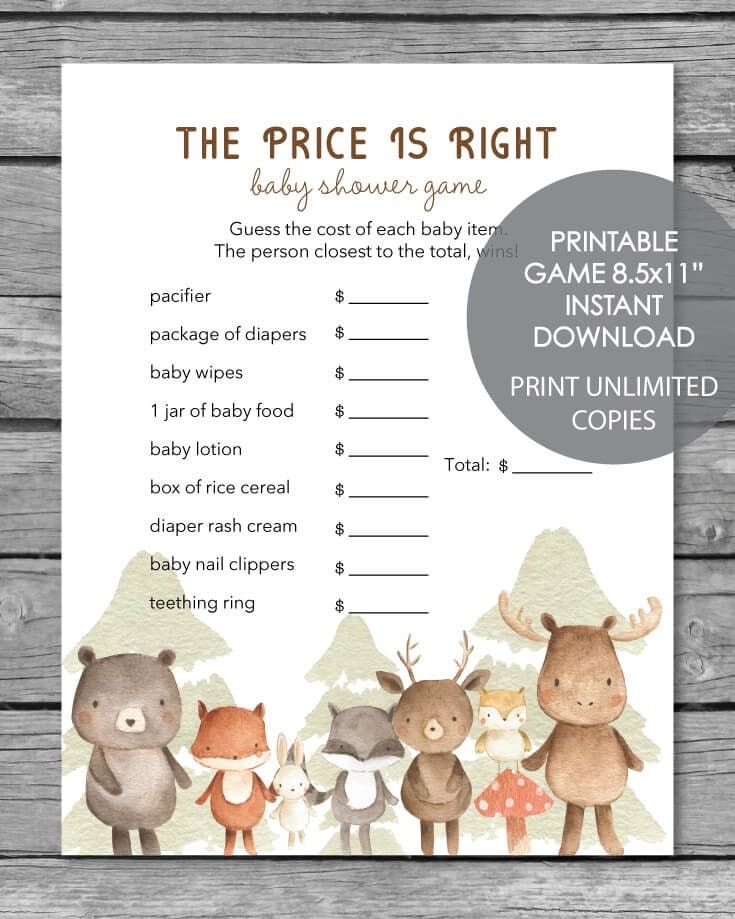How often should you feed a baby pitbull
Pitbull Feeding Chart: How Much To Feed Your Pitbull Puppy
The Pitbull, also called the American Pitbull Terrier, Bull Terrier, or Bully, is a popular dog breed. They often get a bad reputation due to a history of being used as fighting dogs. Pitbulls are quite good companion dogs when trained and socialized properly. Pitbulls are overall a generally healthy canine breed. On average, they live about 12 to 14 years. Several different breeds of Bully dogs fall under the name Pitbull. These include the Staffordshire Bull Terrier, the American Staffordshire Terrier, the American Pitbull Terrier, and the American Bully.
There is more to feeding a Pitbull than buying dog food. Proper nutrition throughout the Pitbull lifespan plays a crucial role in how healthy they are and how long they will live. How much should you feed your puppy? What nutrients? What food is the right food? How long will she need to eat puppy chow? Do you know what to feed your Pitbull throughout her life? Our guide has answers to common Pitbull feeding questions and more.
We have all the information you need, whether you are a first-time Pitbull owner, a first-time puppy owner, adopting an older dog, or an experienced owner looking for a reference point. Just remember, it is perfectly normal to have questions. Seeking out information and making sure we are doing right by our 4-legged friends is just part of being a responsible canine owner. Every dog is different. However, our guide provides a general guideline to help answer all your Pitbull feeding questions.
Contents
- Pitbull Puppy Feeding Chart At A Glance
- How Much Should A Pitbull Puppy Eat?
- Different Types Of Puppy Food
- Kibble (Dry)
- Canned Or Pouch (Wet)
- Fresh (Human-Grade)
- Home-Cooked
- Raw Or BARF
- Puppy vs. Adult Dog Formula
- Importance Of High-Quality Food
- Protein
- Carbohydrates
- Fiber
- Omega Fatty Acids
- Vitamins And Minerals
- How Much Do Pitbull Puppies Grow Each Week?
- Keeping Your Pitbull At The Right Weight
- Frequently Asked Questions
- Final Thoughts
Pitbull Puppy Feeding Chart At A Glance
| Age | Type of Food | Cups a Day | Meals a Day |
|---|---|---|---|
| 0 – 30 days | Mother's Milk | n/a | Unlimited |
| 4 – 6 weeks | Mother's Milk & Softened Kibble | n/a | Unlimited |
| 7 – 12 weeks | Puppy Food | 2 – 3 | 4 |
| 13 weeks – 6 months | Puppy Food | 3 - 4 | 3 - 4 |
| 7 – 15 months | Puppy Food | 4 - 5 | 2 - 3 |
| Adult | Adult Dog Food | 4 - 5 | 2 - 3 |
| Senior | Adult or Senior Dog Food | 2 | 2 |
How Much Should A Pitbull Puppy Eat?
The amount and type of food a Pitbull puppy needs depends on how old they are and whether they are male or female.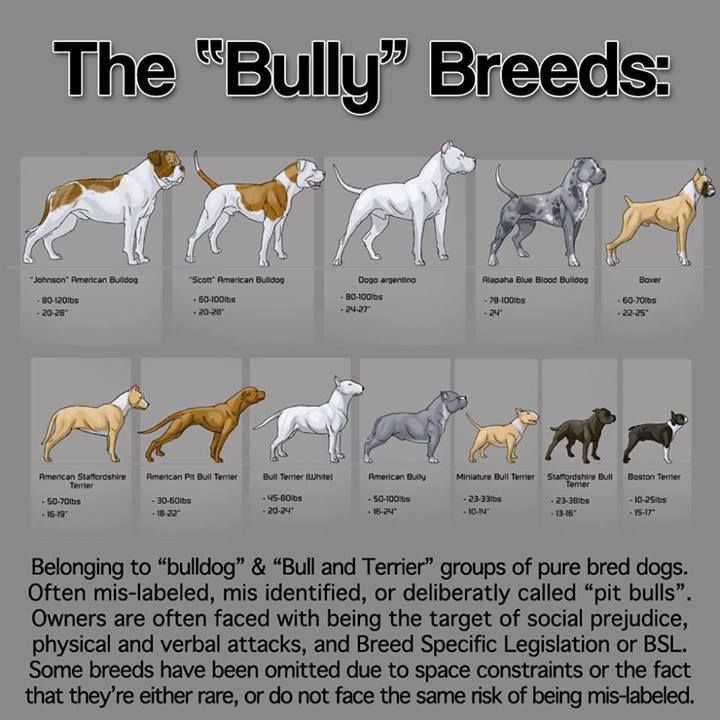
Pitbull puppies need food with a higher calorie and fat content to help them grow. An ideal diet would include 22% to 32% protein. Protein is pivotal in muscle and bone growth. Ideally, Pitbull puppies should be on their mother’s milk for the first six weeks of their life. Pitbull puppy formulas can be used as a substitute if the mother cannot nurse puppies for this long. Males tend to be larger and will need more sustenance.
Week 1Newborn Pitbull puppies are blind and deaf at birth. Their eyes and ears will open in the next few weeks. At this time, puppies will spend most of their time asleep or eating. Despite seeming like they are not doing much, puppies are growing quite rapidly at this time. They will stick very close to their mothers and rely on their mother’s milk for their nutrition.
The mother’s milk has everything puppies need. It is high in colostrum, which gives pups antibodies. Colostrum is the first milk produced by a momma dog directly after birth. It is custom-created to fulfill the unique needs of puppies and is full of antibodies, hemoglobin, and other growth factors. Colostrum cannot be recreated artificially. If possible, mother dogs should breastfeed puppies right after birth to get this nutrient-rich health supplement that is important to their development.
It is custom-created to fulfill the unique needs of puppies and is full of antibodies, hemoglobin, and other growth factors. Colostrum cannot be recreated artificially. If possible, mother dogs should breastfeed puppies right after birth to get this nutrient-rich health supplement that is important to their development.
Mother dogs should be encouraged to nurse their puppies as long as possible. However, unfortunately, some mother dogs will reject their pups or not be able to produce enough milk to sustain them. If this happens, contact your vet as soon as possible. They can help you choose the right supplements and substitutes to ensure your puppy gets everything she needs.
Week 2By two weeks old, puppies will start to look and feel a little sturdier. Their eyes and ears will open. You will see which puppies are the strongest and most active. Make sure all puppies are getting the opportunity to nurse from their mom. Smaller pups who may not be getting enough milk may need to be given formula as a supplement.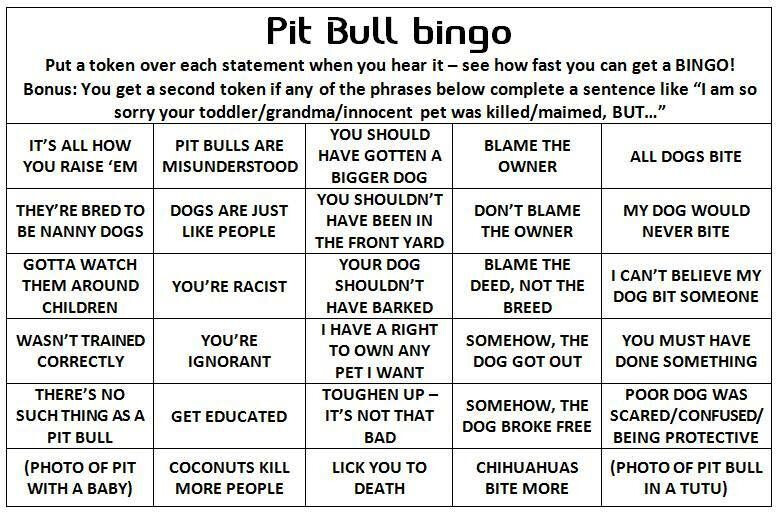 It is a lot of work for puppy owners in these first few weeks to ensure that puppies are getting enough appropriate nutrition. This is a vital time in their development and sets the stage for a healthy life.
It is a lot of work for puppy owners in these first few weeks to ensure that puppies are getting enough appropriate nutrition. This is a vital time in their development and sets the stage for a healthy life.
At three weeks old, Pitbull puppies will have found their feet. They will start taking exploratory steps around their mothers and will likely be off-balance and a little UN sturdy. They should still be entirely sustained on the mother dog’s milk. Do not attempt to wean a puppy just yet. If a puppy needs to be put on formula, try to stick to one kind. Ask your veterinarian for the best milk substitute. Do not try to introduce a three-week-old puppy to any type of solid food. A Pitbull puppy’s appetite will start to increase as they burn off extra energy learning how to use their legs.
Week 4At four weeks old, your Pitbull puppy will be reasonably sturdy on her feet. She should still be nursing if possible. If weaning needs to start at this point, there are a couple of ways to do it. The substituting of formula for breast milk, as we mentioned before, will provide a puppy with the same nutritional sustenance she will get from her mother. It is okay at this time to introduce a tiny amount of puppy food mixed with water. The mixture should be mostly water, with a ratio of about three times as much water as dog chow.
If weaning needs to start at this point, there are a couple of ways to do it. The substituting of formula for breast milk, as we mentioned before, will provide a puppy with the same nutritional sustenance she will get from her mother. It is okay at this time to introduce a tiny amount of puppy food mixed with water. The mixture should be mostly water, with a ratio of about three times as much water as dog chow.
Puppies may or may not be interested in puppy chow at this time, and it is perfectly normal for them not to be. Her mom’s milk is still the best choice, and instinctively she may know this. When she is ready to move on to dog food, she will let you know. Do not stop trying to introduce it, but do not force the issue. They will likely have a set of puppy teeth at least partially grown in by now.
Week 5By five weeks of age, Pitbull puppies will be a little more curious. They will want to explore around them more and will have mastered their legs and feet. They should also be growing some teeth by this time, which may coincide with their interest in solid dog chow. Again, puppies at this age should be fed a mixture that is mainly water. They should still get most of their nutrition and food from their mother’s milk.
They should also be growing some teeth by this time, which may coincide with their interest in solid dog chow. Again, puppies at this age should be fed a mixture that is mainly water. They should still get most of their nutrition and food from their mother’s milk.
At six weeks (about one and a half months), old Pitbull puppies should be interested in a mixture of water and dog food. You can reduce the amount of water in the mix if your puppy is eating well. She will still be nursing and getting the bulk of her sustenance from her mother. However, if this is not possible, continue to supplement with puppy formula. Keep in close touch with your vet to make sure that your puppy is getting the right amount of nutrients and vitamins crucial to her development if she cannot nurse.
7 WeeksBy seven weeks (about one and a half months) of age, Pitbull pups should start weaning from their mother. They will likely be eating puppy chow. You can cut out most of the added water at this time and work on getting your puppy to eat the dog food more rather than relying on their mom’s milk. By now, mother dogs will likely tire of nursing, and their bodies will need replenishing.
They will likely be eating puppy chow. You can cut out most of the added water at this time and work on getting your puppy to eat the dog food more rather than relying on their mom’s milk. By now, mother dogs will likely tire of nursing, and their bodies will need replenishing.
Pitbull puppies should be 100% reliant on puppy food by eight weeks of age. They should get offered meals about four times a day. It is best to get your puppy on a consistent feeding schedule. Even if your puppy whines a little bit between mealtimes, it is okay to let her get a little bit hungry rather than give in to the whining. By this stage, pups should not be getting formula and should not be bothering mom for milk anymore. They are also old enough to go to new homes. Before eight weeks of age, it is really best that they stay close to mom.
9 WeeksNine-week-old pups will be 100% on solid puppy chow. There are plenty of options for both dry and wet kibble. About two cups of chow a day divided into three or four servings is what they need right now. Puppies will be highly active at this stage, and you may see some fluctuations in appetite. There may be some days when she wants to eat everything in sight and other days when she seems a little less hungry. If your dog refuses to eat, reach out to your veterinarian to figure out the problem.
There are plenty of options for both dry and wet kibble. About two cups of chow a day divided into three or four servings is what they need right now. Puppies will be highly active at this stage, and you may see some fluctuations in appetite. There may be some days when she wants to eat everything in sight and other days when she seems a little less hungry. If your dog refuses to eat, reach out to your veterinarian to figure out the problem.
Puppies that go off to new homes or come into your home at this age might be switched from the food the breeder was using to the food their new owners choose. Keep in mind that this switch may cause them a little bit of tummy trouble. If possible, try to wean them off the old food by introducing a mixture of old puppy chow and new puppy chow. You can gradually phase out the old food. Make sure not to do this too quickly, as it can cause a puppy digestive distress.
10 WeeksA ten-week-old Pitbull pup can only be described as a handful. She will be full of energy and curious as can be. She may try to investigate the great big new world she lives in by trying to eat everything in sight. This includes people’s food, puppy chow, and household items that might not be edible. Keep a very close eye on her, and make sure to keep your home as clean as possible. Your pup will have a bigger appetite now than you have ever seen. This is because she is burning a lot of energy playing, exploring, and learning new things. Your puppy should have been to the vet to talk about puppy shots and any nutritional or other health concerns by ten weeks.
She will be full of energy and curious as can be. She may try to investigate the great big new world she lives in by trying to eat everything in sight. This includes people’s food, puppy chow, and household items that might not be edible. Keep a very close eye on her, and make sure to keep your home as clean as possible. Your pup will have a bigger appetite now than you have ever seen. This is because she is burning a lot of energy playing, exploring, and learning new things. Your puppy should have been to the vet to talk about puppy shots and any nutritional or other health concerns by ten weeks.
At this age, puppies may start to develop an attitude and a little bit of a stubborn streak. This can sometimes affect mealtimes. If she refuses to eat at mealtime, it is recommended to leave the food out for 10 minutes and then put it away. There is nothing like a growling tummy to teach your puppy that mealtimes are when we eat. It is vital to establish these set mealtimes and limit your pup’s control of her food. She may be cute, but she does not know what is best for her well-being and long-term health.
She may be cute, but she does not know what is best for her well-being and long-term health.
At eleven weeks (about two and a half months), your Pitbull puppy should still be on a regular feeding schedule. Four times a day is ideal. Three times a day is okay if four is not possible. Limit mealtimes to about 10 to 20 minutes. Make sure to clean up any leftovers that she does not eat. Leaving chow out all day sends a message that she can eat whenever she wants to. It is essential to keep her on a regular feeding schedule to monitor how much she is eating, teach her to eat the food you offer, and see how well she reacts to it.
12 WeeksAt twelve weeks (about three months) old, your Pitbull pup will be a bundle of energy. Periodic snacks and treats throughout the day are okay. Try not to overdo this. Stick to regular mealtimes. Three meals a day is perfect at this point. Keep your Bully pup on puppy chow, even though she might seem ready or interested in adult dog kibble.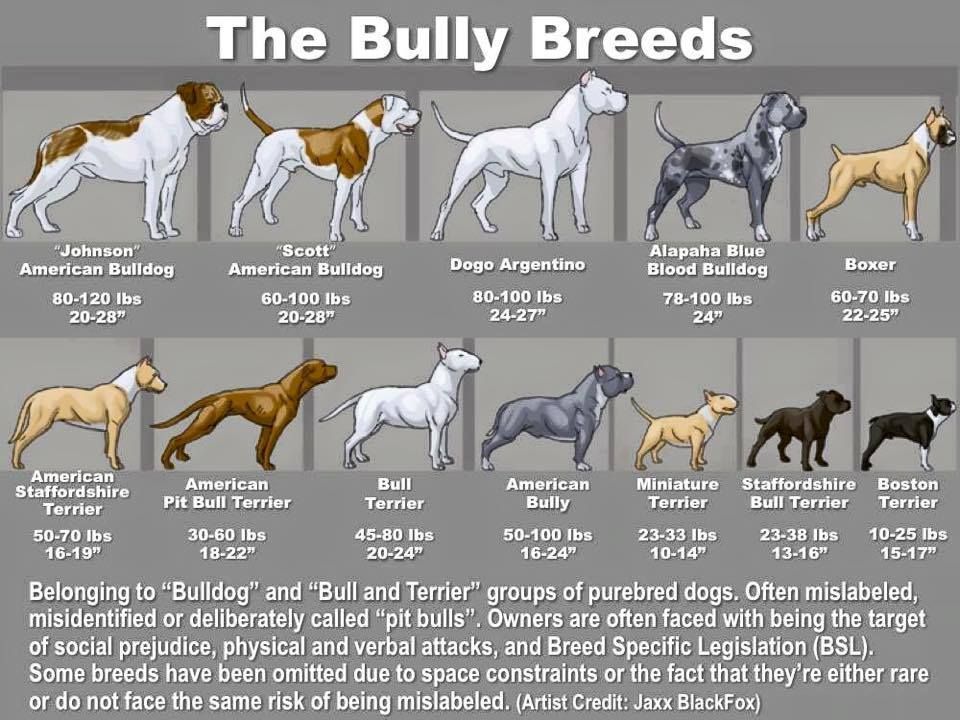 Puppy formulated dog food contains the perfect balance of nutrients to ensure your puppy’s health. She should stay on puppy chow for the first year of her life. Puppy kibble has a higher calorie count, and with a large amount of energy she is expending, she will need that specially formulated puppy diet.
Puppy formulated dog food contains the perfect balance of nutrients to ensure your puppy’s health. She should stay on puppy chow for the first year of her life. Puppy kibble has a higher calorie count, and with a large amount of energy she is expending, she will need that specially formulated puppy diet.
A general guideline for Pitbull puppy eating schedules is as follows:
- Puppies under four months should eat four meals daily.
- Bullies that are about four to six months old should have three meals daily.
- Pitbull pups older than six months should have two to three meals every day.
- Adult Pitbulls should eat about 1 pound or two cups a day of food. Some larger Bullies may need more.
Remember, as your puppy gets older, she will need fewer calories. Younger puppies need more, so they will need to eat more periodically throughout the day. Very young puppies will need meals offered to them every few hours to ensure that their blood sugar stays at a healthy level.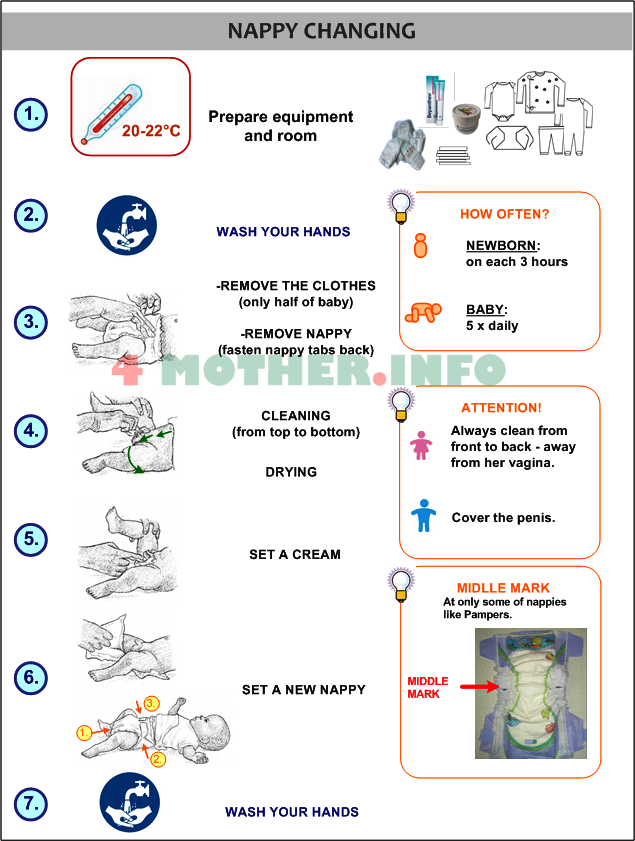
Pitbull pups will reach an adult weight at about 13 or 14 months old. So, you can expect rapid growth for the first few months and then growth to taper off as they reach a year old.
Newborn Pitbull puppies weigh about 7 to 10 ounces. By two months of age, they will have reached about 7 pounds. At four months, Pitbulls can weigh in their range of 18 to 21 pounds. Around six months, they will reach 30 pounds. Between 6 and 8 months, Pitbulls will reach on average 35 pounds, and by a year or 14 months, they will reach 38 pounds.
Some Pitbulls will weigh much more than that. Many reach 60 or even 100 pounds. It all depends on their specific bloodlines, whether they are purebred, and the genetic makeup of their parents. The information we are presenting is a general guideline.
Regardless of the size, your Pitbull reaches as an adult, the most important thing to remember is that she is healthy and receives proper nutrition from newborn to adulthood.
Different Types Of Puppy Food
What are the benefits of wet versus dry food?There are five main types of dog food that pet parents can choose from. These five categories are:
These five categories are:
Kibble (Dry)
Kibble is also called dry food. Many owners choose kibble for their dogs because it is the most economical and affordable option. Kibble often comes in generous-sized bags and stays fresh, when appropriately stored, for a long time. Kibble also works as a dental cleaner because it rubs along a dog’s teeth.
Stay away from the semi-moist varieties, especially those shaped like human foods. These tend to be exceptionally low in nutritional value and should not be relied on for proper nutrition. They can be used as an occasional treat, but long term will not provide your Pitbull, pup, or adult with the nutritional balance they need. Learn more about our favorite Pitbull foods.
Canned Or Pouch (Wet)
Wet dog food comes in a can or pouch. This food also stays good for a long time and is sold in almost every grocery store one visits. Canned food tends to be more expensive, but not every canned food formula will provide the appropriate nutritional balance for a Pitbull puppy. Canned food also tends to have a high-water content, up to 75%. The more water, the less nutritional value to your puppy. This may mean she needs to eat more.
Canned food also tends to have a high-water content, up to 75%. The more water, the less nutritional value to your puppy. This may mean she needs to eat more.
Pay very close attention to the ingredients when selecting wet dog food. She will also experience looser stools than dogs that eat mainly kibble. Try to look for those that specifically say that they meet 100% of a puppy’s nutritional needs. Often the label will mention this. Be incredibly careful with canned dog food, as it tends to be low in digestible proteins and high in bad fats.
Fresh (Human-Grade)
Fresh dog foods are designed by vets and made from high-quality, fresh ingredients. There are even programs, including The Farmer’s Dog, where you can get freshly made canine chow delivered specifically formulated to your dog’s age, weight, and breed. These are on the more expensive side but are incredibly good for your dog. Even if you cannot afford to feed your Pitbull puppy fresh, human-grade dog food every day, it is something to consider occasionally and for a special treat.
Home-Cooked
Some pet owners may think that they can cook food for their pet that will be better than the commercial dog chow options. The likelihood is that unless you are working in close communication with your vet and following precise instructions, you should not feed your puppy home-cooked meals. There is no way to test it for nutritional value. Humans also use many spices and ingredients that can be harmful to dogs and hard on their digestive systems. While sneaking a treat here or there is not going to be a big deal, do not make a habit of cooking your dog meals every day.
Raw Or BARF
BARF Stands for biologically appropriate raw food, or bones and raw food. Pet owners need to be incredibly careful when choosing this diet for their dogs. Raw diets are often far too rich for a puppy’s stomach. They are also not necessarily always nutritionally balanced for what your puppy needs.
\If you are interested in the BARF diet for your Pitbull, make sure to consult with your veterinarian and a pet nutritionist first. Raw diets must include raw edible bones, raw muscle meats, raw organs, vegetables, fruit, seeds, nuts, and grains. Never switch to a raw diet for your Pitbull without explicitly discussing it with your veterinarian first.
Raw diets must include raw edible bones, raw muscle meats, raw organs, vegetables, fruit, seeds, nuts, and grains. Never switch to a raw diet for your Pitbull without explicitly discussing it with your veterinarian first.
Puppy vs. Adult Dog Formula
Puppies and adult dogs have vastly different nutritional needs.Puppies need more calories, fat, protein, and minerals than adult dogs. Large breed dogs are at higher risk for developmental orthopedic issues like hip and elbow dysplasia. Large breed puppy foods will be specially formulated to include a little less fat and a very specifically balanced calcium to phosphorus ratio. The rapid growth of larger breeds is considered when developing large breed puppy food. Puppies fed adult dog chow too soon are at risk for nutritional and developmental deficiencies.
Adult dogs need fewer calories than puppies and less protein. Adult dog food has more filler ingredients as well. The Association of American Feed Control Officials (AAFCO) provides regulations and guidelines for dog food.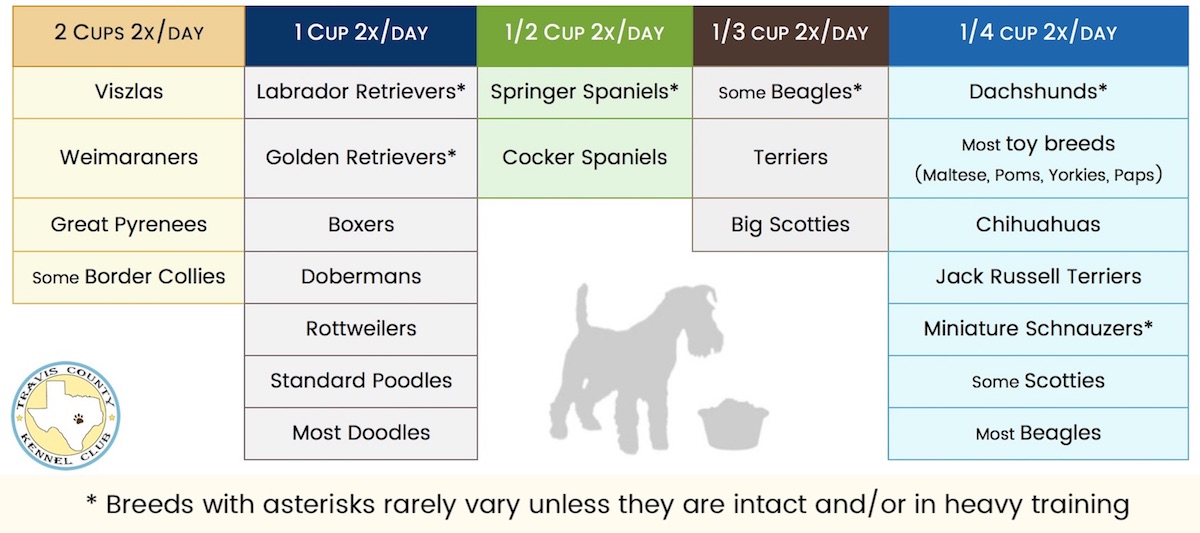 Their standards are as follows:
Their standards are as follows:
- Protein – 22% for puppy food and 18% for adult dog food
- Fat – 8% for puppy food and 5% for adult dog food
- Calcium – 1% for puppy food and 0.6% for adult dog food
- Phosphorus – 0.8% for puppy food and 0.5% for adult dog food
- Sodium – 0.3% for puppy food and 0.06% for adult dog food
- Look for foods with a calcium to phosphorus ratio: of 1.1:1 to 1.3:1%.
It is important to feed dogs the correct puppy or adult formulated food. Puppies who eat adult dog chow will lack calories, protein, and fats and can suffer from stunted growth and development as a result. Larger puppies should eat puppy food for a little longer, as they may not fully develop, like Pitbulls, until 13 or 14 months. (Some Bully breeds may even stay on puppy formula food until 16 months). Adult dogs fed puppy food will have too many calories, putting them at risk for obesity.
Importance Of High-Quality Food
Cheaper brands of dog foods may save you a few bucks but are not worth the savings relative to your dog’s health..jpg)
The poorer quality brands use filler ingredients, preservatives, artificial colors, and other ingredients that have no nutritional value. They are also often low in omega fatty acids and protein. These foods are the equivalent of human junk food and have zero nutritional value for dogs of any age. Spending the extra dollars for high-quality food is an investment in your Pitbull’s lifelong health. That is worth any expense, and food is not the place to try and save a few bucks.
The best food for your Pitbull will depend on her specific breed, size, age, and health. Adult dogs will need fewer calories than puppies. The average adult Pitbull will need about 1100 calories a day. Working dogs and large-sized dogs will need more. Senior Pitbulls need fewer. Those dogs aged seven or older will need about 900 calories a day. Keep in mind this fluctuates depending on size and activity level. Be careful not to overfeed your Pitbull. Overweight Bullies are at risk of joint issues, cardiovascular disease,
Protein
Pitbull puppies need dog chow that is 22% to 32% protein. Pitbull food should have high-quality animal proteins. Eggs, fish, poultry, turkey, duck, or rabbit are good choices. Limit lamb and beef, as these animal proteins have a higher rate of causing cancer in canines. Avoid pork and pork products for your Pitbull pup.
Pitbull food should have high-quality animal proteins. Eggs, fish, poultry, turkey, duck, or rabbit are good choices. Limit lamb and beef, as these animal proteins have a higher rate of causing cancer in canines. Avoid pork and pork products for your Pitbull pup.
Carbohydrates
Pitbull pups need food that has 35 to 45% carbohydrates. Protein and fat are not enough to sustain your Bully throughout her day. Healthy carbohydrates can be found in grains (rice, oatmeal, barley, etc.). They are also found in vegetables. Peas, lentils, and sweet potatoes are common sources.
Fiber
Your Bully’s diet should have 2.4% to 5.6% fiber for puppies and younger dogs. Fiber helps dogs regulate their digestive systems and keeps their stools healthy. Fiber is low-calorie and can be found in many fruits and vegetables. Sweet potatoes, beet pulp, spinach, green beans, apples, ground flaxseed, carrots, strawberries, and even lettuce are great healthy fiber sources.
Omega Fatty Acids
Omega fatty acids are necessary components needed for healthy puppy development. It is vital to watch fat intake, but some healthy fats are needed for skin and coat health. They also play a role in brain development, eye health, and overall health. Fish, fish oils, meat, and certain oils are ingredients to look for. Fat should make up 11 to 15% of dog food. The amino acid DHA is essential for brain development. Look for foods that have at least 0.20% DHA.
Vitamins And Minerals
Puppy chow for Bullies should have between 0.8% and 1.4% calcium and between 7% and 1.2% phosphorus. Puppy chow also needs to include vitamin D and magnesium. Calcium is essential for bone health, but too much can cause issues with joint formation. Too little leads to weak bones. Adult Pitbulls need dog chow that has about 25% protein.
Our Rating
Puppy Pick
Taste of the Wild
View at Chewy.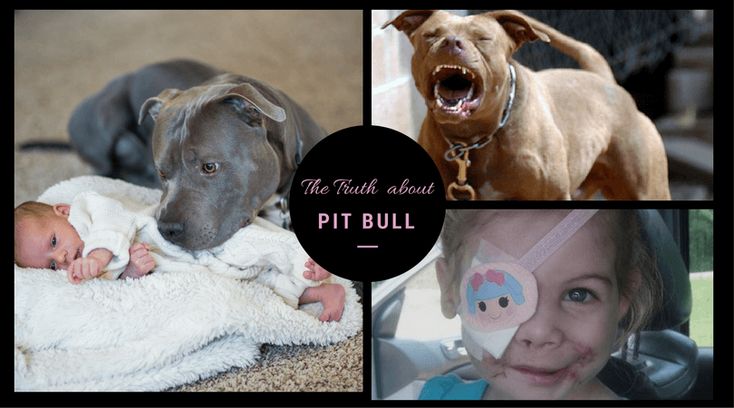 com
com
Our Rating
Adult Pick
The Farmer’s Dog
View at TheFarmersDog.com
Our Rating
Senior Pick
Blue Buffalo Wilderness
View at Chewy.com
Note: Clicking the above links take you to TheFarmersDog.com or Chewy.com, where you can get additional product information and customer reviews. If you make a purchase, we earn a commission at no additional cost to you.
How Much Do Pitbull Puppies Grow Each Week?
Pitbull pups grow quickly. They can put on about 1 to 2 pounds a week for the first few months. Males are larger than females on average. However, there can be smaller males or larger-sized females depending on the breed mix. Younger puppies will put on more weight for the first few months and then slow down as they start to mature. Newborns can weigh anywhere from 7 to 20 ounces.
They will weigh between 2 and 5 pounds by one month of age. 6-month-old Pitbull pups weigh between 15 and 35 pounds. Year old to fully grown Pitbulls will range from about 15 to 55 pounds, depending on their genetics.
Keeping Your Pitbull At The Right Weight
It is essential to do everything possible to lower the risk of long-term medical concerns.Every dog is different, so their exact size and weight will depend on several factors, including genetics, care, nutrition, exercise, and overall health. One thing to keep in mind is that Pitbulls like to eat a lot. So, their owners must be vigilant about making sure they do not overeat or steal people’s food. Picking high-quality dog chow for your Bully is key. Regular exercise is a vital component of your Pitbull’s overall health and keeps her at the right weight. The information we have here is a guideline. Every dog has unique needs.
Excess weight can lead to many long-term health issues for your Bully. Joint dysfunction, osteoarthritis, diabetes, heart disease, bloat, and obesity are just a few of the significant conditions that can come from overeating. So weight management, proper nutrition, physical activity, and regular vet checkups should be high priorities for any Bully owner.
Joint dysfunction, osteoarthritis, diabetes, heart disease, bloat, and obesity are just a few of the significant conditions that can come from overeating. So weight management, proper nutrition, physical activity, and regular vet checkups should be high priorities for any Bully owner.
Frequently Asked Questions
Can I feed my Pitbull once a day?
No. Your Pitbull needs to eat more than once a day. Adult dogs should be fed 2 to 3 meals a day. Puppies will need four meals a day once they switch to adult kibble.
What does it cost to feed a Pitbull?
It is a significant financial investment to feed a Pitbull. High-quality, well-balanced dog food is pricier. However, cheaper chow will not offer your dog the proper nutrient balance and may even lead to health and developmental issues. Expect to spend anywhere from $25 to $60 or more each month, about $300-$800 a year, to feed your Pitbull.
When can I switch my Pitbull to adult dog food?
Keep your Pitbull on puppy formula for at least a year to 14 or 15 months.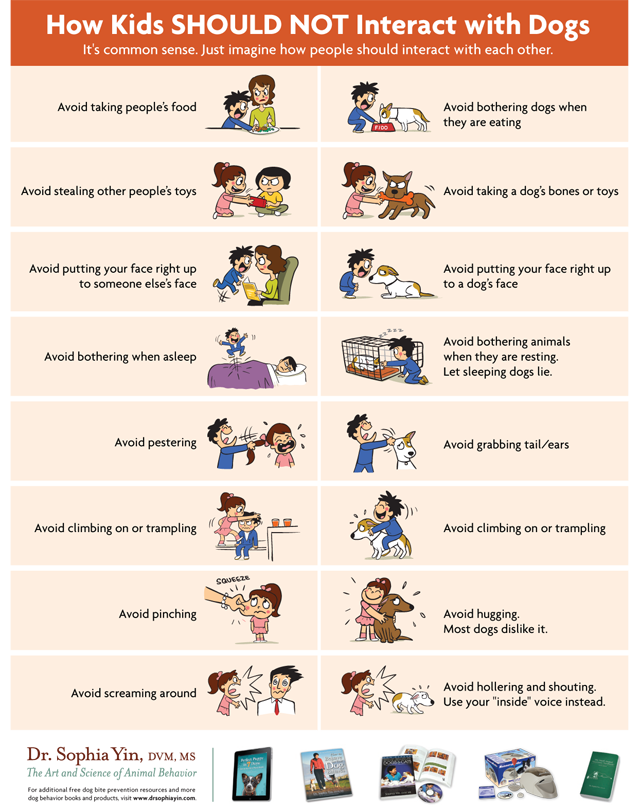 Discuss with your vet when the right time for your dog is. This will depend on how fast they grow, their activity level, and if they are male or female. Make the transition gradually to prevent gastrointestinal issues.
Discuss with your vet when the right time for your dog is. This will depend on how fast they grow, their activity level, and if they are male or female. Make the transition gradually to prevent gastrointestinal issues.
Should I feed my Pitbull puppy supplements?
If you are using high-quality dog food, supplements will not be necessary. In fact, supplements can cause developmental issues by throwing off the nutritional balance of your pup. If you have concerns about your Bully’s nutrition at any stage, from puppy to senior dog, consult your veterinarian before trying any supplements or making significant changes to your dog’s diet.
Final Thoughts
The Pitbull is a beloved breed to many. These lovable pups make wonderful loving family pets and are sturdy work dogs. A tiny, helpless puppy grows by leaps and bounds into the muscular, stocky, gorgeous Pitbull that so many people love. These sweet guys and gals need a little help from their owners to make sure they grow up into healthy dogs that live long, happy lives. Puppy feeding is a big responsibility. Once an 8- or 9-week-old puppy leaves her mother’s side, it is an owner’s lifelong task to make sure she gets proper nutrition.
Puppy feeding is a big responsibility. Once an 8- or 9-week-old puppy leaves her mother’s side, it is an owner’s lifelong task to make sure she gets proper nutrition.
We can offer information in this Pitbull feeding chart to use as a reference, and veterinarians will provide advice and guidance. The real work comes on the part of a Bully owner. Choosing high-quality food, monitoring how much Bully eats, and keeping her on a regular feeding schedule, are just part of it. Resist the temptation to give in to those puppy dog eyes for half your ham sandwich or ice cream cone. Stick to the recommended feeding information and guidelines we have offered, and always turn to your veterinarian as a resource for help with keeping your Pitbull’s nutrition healthy and balanced throughout her life.
Author's Suggestion
The information provided through this website should not be used to diagnose or treat a health problem or disease; it is not intended to offer any legal opinion or advice or a substitute for professional safety or care advice.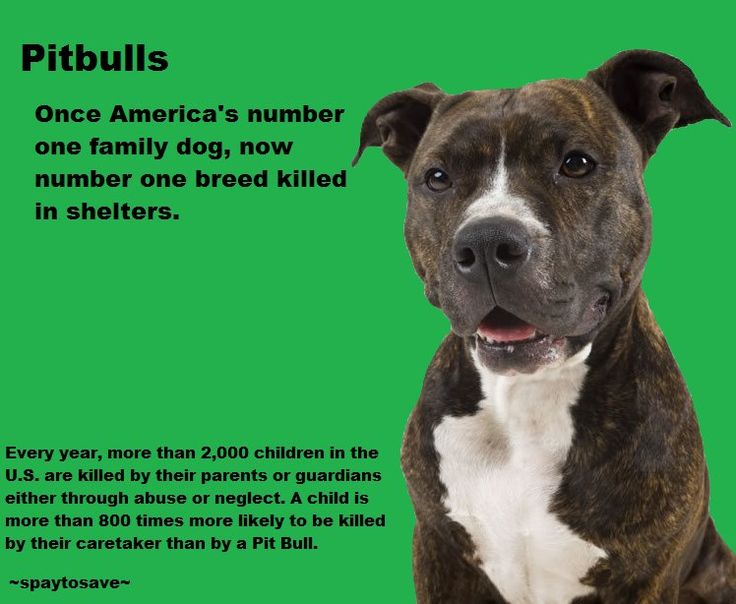 Please consult your health care provider, attorney, insurance expert, or product manual for professional advice. Products and services reviewed are provided by third parties; we are not responsible in any way for them, nor do we guarantee their functionality, utility, safety, or reliability. Our content is for educational purposes only.
Please consult your health care provider, attorney, insurance expert, or product manual for professional advice. Products and services reviewed are provided by third parties; we are not responsible in any way for them, nor do we guarantee their functionality, utility, safety, or reliability. Our content is for educational purposes only.
Leave a Comment
1 Comments
Feeding a Pitbull Puppy: Schedules, Routines and Quantities
Feeding a Pitbull puppy starts with finding a commercial or homemade diet that contains all the right nutrition for their life stages.
Changes need to be made gradually, and the number of meals each day needs to reflect their age.
The result is a Pitbull puppy diet that supports healthy growth, and avoids dreaded Pitbull allergies and sensitive tummy.
Feeding a Pitbull Puppy
Are you looking for information on feeding your Pitbull puppy?
In this article, we’ll take a look at the best puppy foods for Pitbulls, the ideal amount of daily feedings, how much to feed and more.
Are you thinking about buying a Pitbull puppy?
They might not get the best rap, but Pitbulls are loving and lovable family dogs, if raised right.
The term “Pitbull” can actually refer to one of several Pitbull breeds.
How big will your puppy grow? Click here to find out!
To find out more about what to feed your Pitbull puppy, keep reading.
And make sure you take a look at this guide for more information on bathing your new puppy!
Swapping Puppy Food Brands
First things first.
When you bring your Pitbull puppy home, make sure that you know exactly what the breeder (or shelter) was feeding her.
Keep on feeding your pup that very same thing for at least two weeks. This will give your puppy time to get settled into her new home.
Then, when you want to transition to your new chosen puppy food, start slowly.
Mix in 10 percent of the new food with 90 percent of the “old” food on day one.
Then increase the “new” food slowly over the course of at least a week.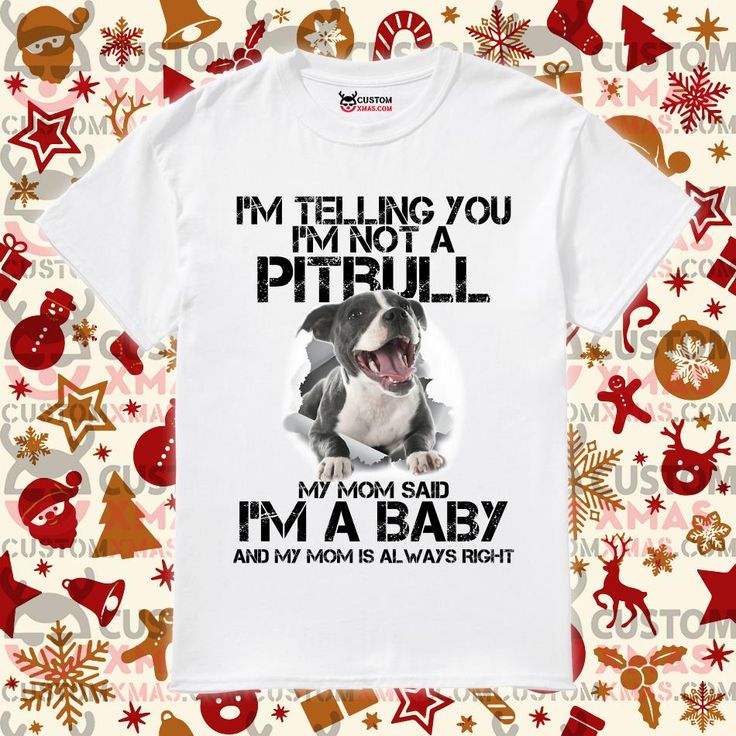
The slow food change will prevent your pup’s stomach from getting upset.
Another good thing you can do for your Pitbull puppy’s digestion is adding probiotics to the food once daily.
Ask your vet for a recommendation.
Pitbull Puppy Diets
Before we choose the perfect food for your Pitbull puppy, let’s have a look at the nutritional needs of a growing Pitbull.
Growing puppies need food with at least 22.5 percent of high-quality protein (based on dry matter).
The amino acid profile (how the proteins are put together) matters too, as do other nutrients such as calcium, phosphorus or magnesium.
Even the ratios can play a role—for example, aim for a calcium to phosphorus ratio between 1:1 and 2:1.
More is not always better, though.
Too much protein and too many “bone building blocks” can cause your puppy to grow too quickly and develop joint problems later in life.
Avoid overfeeding your pooch, and you’ll be just fine.
How Feeding Changes as a Pitbull Puppy Gets Older
Baby Pitbulls have a fast metabolism, which then slows down as they grow up.
The older your puppy gets, the fewer calories she requires per pound of body weight.
As your puppy grows, she can also go longer without food, so you can get by with fewer feedings.
Very young puppies need food every couple of hours, or else their blood sugar can drop dangerously.
Here’s a general rule of thumb for the amount of daily feedings required:
- Puppies younger than four months: Four meals daily
- Puppies between four and six months: Three meals daily
- Puppies over six months: Two to three meals daily
What to Feed a Pitbull Puppy
Now that we’ve seen the nutritional needs of a Pitbull puppy, let’s have a look at how to meet them.
There are two different ways to go.
You can choose a commercial dog food (kibble, wet food, or both) or you can prepare your puppy’s meals yourself (either cooked or raw).
If you choose the latter option, it will be your own responsibility to put together a complete and well-balanced meal plan.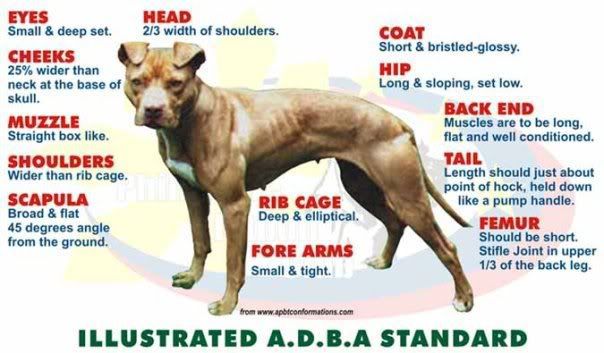
It must meet all the AAFCO requirements for growing puppies.
Pitbull puppies might sometimes have a “sensitive stomach.”
Pitbulls also have a high incidence of food-related allergies that manifest as skin problems.
They might react to certain ingredients, so searching for the food your Pitbull puppy thrives on can require a bit of experimentation.
But don’t despair; it can be done.
When you’re in doubt, talk to your vet and try out different options. Let’s see the various types of puppy food in detail.
Feeding a Pitbull Puppy Kibble
Kibble is the most convenient dog food.
It’s easy to store, can be used as treats or fed on the go, and it comes in all sorts of different flavors.
If you’d like to feed your Pitbull puppy kibble, it’s worth spending a bit more for an all-natural brand with premium ingredients.
Studies have shown that more expensive kibble is often more easily digestible.
Try to avoid ingredients like corn, soy, wheat, and fructose or glucose syrups.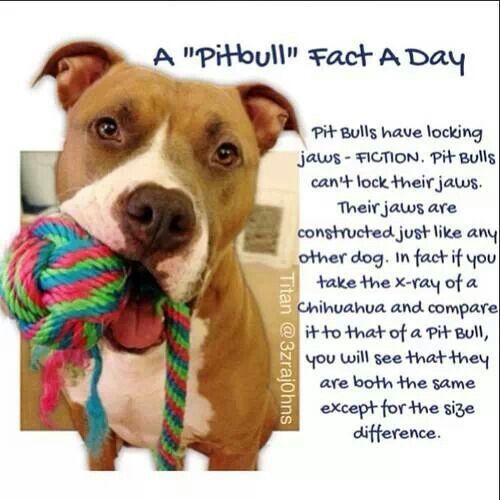
And let’s not forget the most important thing.
To make sure your puppy has all the nutrients it needs to grow up healthy, choose a kibble designed specifically for medium-sized puppies to large breeds.
Feeding a Puppy Wet Food
Wet food is also a commercial type of dog food. The difference from kibble is that wet food contains about 75 percent water.
The moisture unfolds all the aromas in the food, making wet food extremely palatable for most dogs.
The downside of the moisture is that wet food spoils more easily.
Additionally, there is no mechanical abrasion of your puppy’s teeth, so there is no “teeth-cleaning effect” as there is when feeding kibble.
Many dogs have loose stools when fed wet food in large amounts.
Could you feed your Pitbull puppy only on wet food, in spite of this?
Yes, it’s possible to feed a puppy only on wet food, as long as the packaging says “complete” food (and not “complementary”).
However, we recommend only using wet food as an occasional treat or to mix it together with kibble.
Feeding a Puppy Raw (BARF)
The biologically appropriate raw foods (BARF) takes a different approach: It tries to mimic what your dog’s wild ancestors eat.
These diets contain mostly raw meats, bones, and some vegetables and fruits.
Supporters of raw feeding claim that it makes their dogs healthier and the coat shiny.
The veterinary community is still rather divided on this subject.
Studies haven’t been able to conclusively prove that raw feeding is better than commercial diets.
They haven’t been able to refute it either, though.
The most important thing to pay attention to if you want your Pitbull pup to thrive on a raw diet is meeting the AAFCO nutrient requirements.
Planning a BARF Diet
We suggest working closely with an experienced vet or canine nutritionist to put together a complete and well-balanced meal plan.
There’s a stubborn myth out there that raw feeding makes dogs more likely to bite, as it’s said to “bring out their wild side.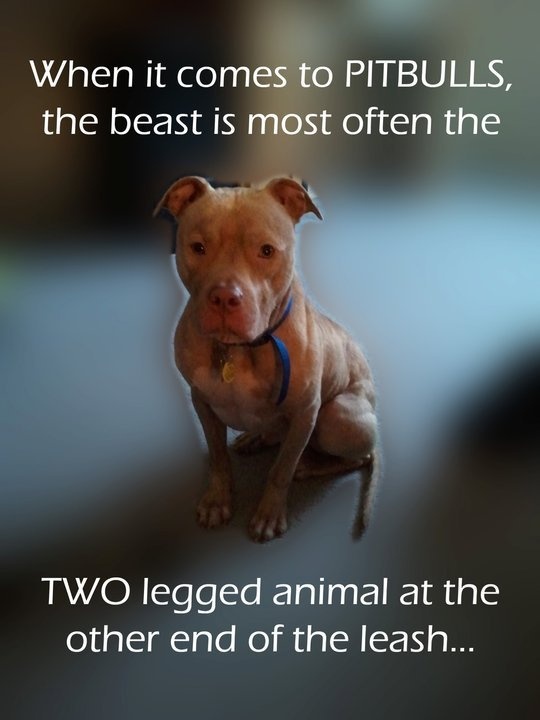 ”
”
In a breed like the Pitbull—that already has an unwarranted bad reputation, and certainly a dangerous bite—this is often used as a key argument against raw feeding.
We can put your mind at easy, though.
This theory has absolutely no scientific truth to it. Your dog will not become “blood-thirsty” because of a BARF diet.
Anecdotally, though, some dogs are more defensive of their food bowl on a raw diet.
It’s certainly a good idea to keep children away from your puppy’s food bowl at meal times, anyway.
One last important thing to pay attention to when feeding a raw diet is hygiene.
We can’t stress this enough, as raw meat is frequently contaminated with harmful bacteria and parasites.
Feeding a Puppy a Homemade Diet
What about feeding your dog home-cooked meals?
If raw feeding isn’t for you, cooking for your pup can be an option.
Also consider this if there are immuno-compromised individuals or small children in your household that are in danger of meat-borne pathogen infections.
Just as with raw diets, ensure your puppy is getting all the necessary nutrients in the right ratios and amounts.
Your vet can help you with a meal plan.
How Much Should I Feed My Pitbull Puppy?
If you’re feeding your puppy a commercial diet, this question is easily answered.
Commercial puppy foods come with empirically determined daily amounts—just check the packaging.
The amount of calories your Pitbull pup needs depends on her age and weight.
If you think that the amount on the packaging is too much or not enough, double-check with your vet.
Don’t forget to account for treats. Ideally, these should be deducted from your puppy’s daily calorie “allowance.”
If you are feeding your pup a raw or home-cooked diet, calculate the daily calorie need yourself.
Weigh your dog often and adjust accordingly.
Is My Puppy the Right Weight?
Weighing your Pitbull pup regularly—at least once a week—is very important.
Additionally, it’s a good idea to keep an eye on your puppy’s body condition score.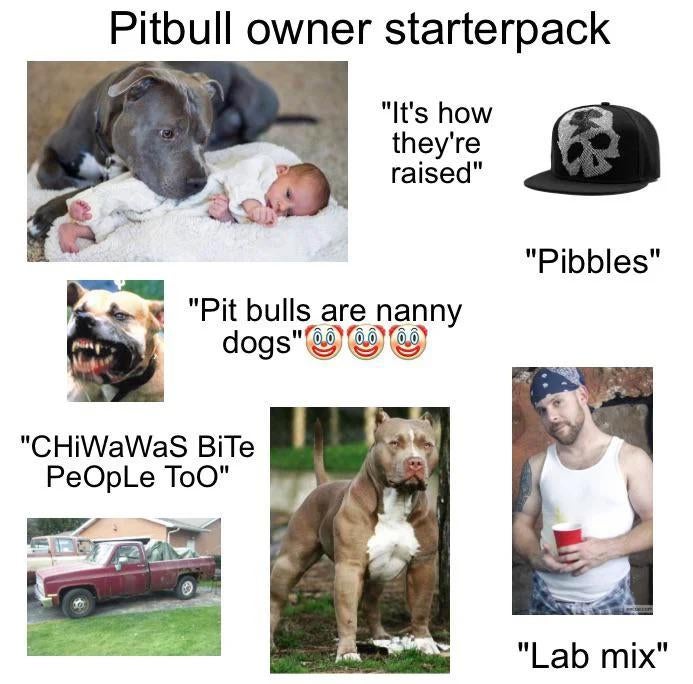
The body condition score is a hands-on way to determine how much “fluff” is on your puppy.
Watching the weight development and the body condition score, you can react early if your puppy’s growth comes to a halt.
What happens if your puppy is too skinny?
Being underweight can interfere with your pup’s healthy growth.
Also, there might be an underlying reason why your pooch is not gaining weight like she should.
If your puppy is too skinny despite eating a hearty appetite, have your veterinarian check for parasites.
You might think being a bit too “fluffy” won’t harm your Pitbull puppy.
But being overweight during the growth period can put a lot of stress on the bones and joints of your Pitbull.
It’s never too early for good weight control.
My Puppy Is Still Hungry
What if your puppy is always begging for food?
First off, make sure your pup is not underweight and is getting the right amount of calories.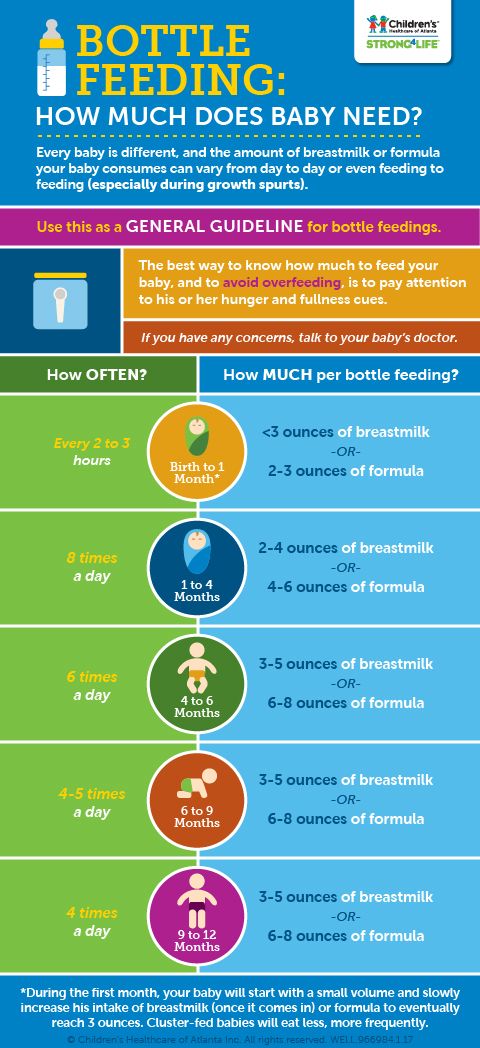
When that’s settled, and your pooch is still hungry, try distributing the total daily food portion onto more feedings throughout the day.
If that still doesn’t help, you could try some treats in between meals. But make your puppy work for them.
Kibble is very handy to use for puppy training. It can also be filled into food balls or dog puzzles to exercise your puppy’s developing brain.
It’s not advisable to just give your puppy treats whenever she is begging.
This teaches your pup really quickly that the begging eyes work, and you won’t get another quiet minute.
My Puppy Won’t Eat
It’s normal to get worried if your puppy refuses a meal.
However, this can happen occasionally.
Maybe your pup is just too overwhelmed from learning, playing and all the new experiences to get hungry.
If it’s just one meal that your pup skips, no need to fret.
Should your Pitbull pup miss more than two meals—or go without food for more than 12 hours—it might be a cause for concern.
Check if your puppy has any other symptoms, such as:
- Vomiting
- Diarrhea
- Unusual tiredness
- Salivation
Then, give your vet a call to discuss whether an emergency visit is warranted.
How Long Is a Pitbull Considered a Puppy?
Your Pitbull puppy is expected to reach her adult weight at around 13 or 14 months of age.
At this stage, it’s time to switch to a food for adult dogs. Your pooch no longer needs the higher protein amount provided in puppy foods.
If you’re feeding your dog a homemade or raw diet, recalculate nutrients and portion sizes accordingly.
If your Pitbull is getting a commercial diet, all you’ll have to do is switch to an “adult” type of dog food. Ideally, stick with the same brand.
When switching from puppy to adult food, make the transition the same way you originally made the switch to your chosen puppy food.
Mix the “new” and “old” food together, slowly increasing the amount of the adult dog food over the course of one week.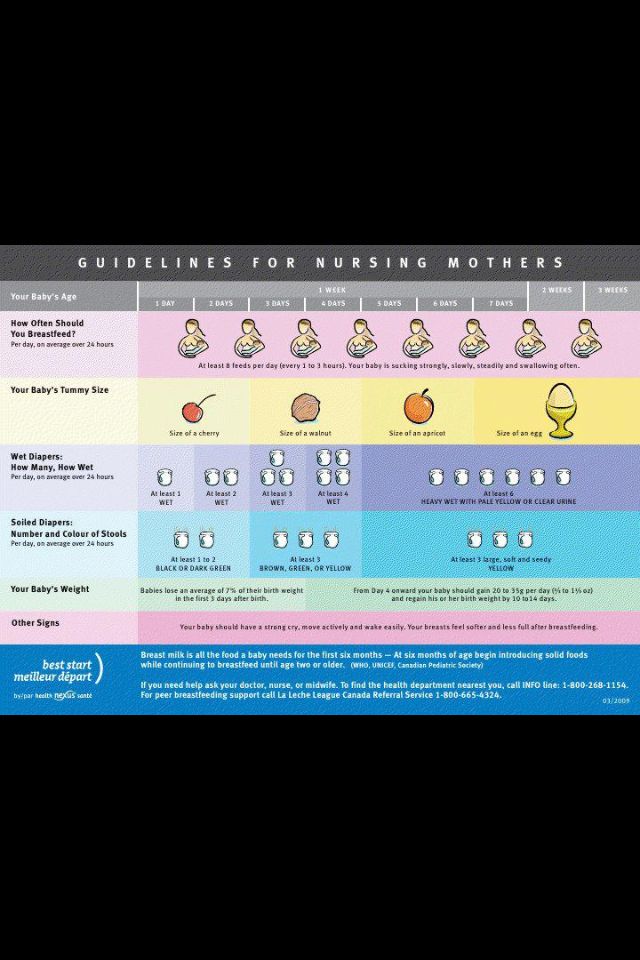
Conclusion
Don’t be put off by the Pitbull’s bad reputation and potentially sensitive stomach.
With the right amount of patience, careful observation and keeping track of portions, keeping your Pitbull nourished can work out.
We hope we’ve given you all the info you need to choose the perfect food for your Pitbull puppy.
Let us know your thoughts in the comment section below.
You Might Also Like:
- Pitbull Breeds
- Corgi Pitbull Mix
- Pitbull Growth
References
- “Basic Calorie Calculator,” The Ohio State University
- “The Business of Pet Food,” Association of American Food Control Officials
- Finley, R., et. al., 2006, “Human Health Implications of Salmonella-Contaminated Natural Pet Treats and Raw Pet Food,” Clinical Infectious Diseases
- Freeman, L.M., et al., 2013, “Current Knowledge About the Risks and Benefits of Raw Meat-Based Diets for Dogs and Cats,” Journal of the American Veterinary Medical Association
- Gawor, J.
 P., et al., 2006, “Influence of Diet on Oral Health in Cats and Dogs,” The Journal of Nutrition
P., et al., 2006, “Influence of Diet on Oral Health in Cats and Dogs,” The Journal of Nutrition - Greco, D.S., 2014, “Pediatric Nutrition,” Veterinary Clinics: Small Animal Practice
- Hawthorne, A.J., et al., 2004, “Body-Weight Changes during Growth in Puppies of Different Breeds,” The Journal of Nutrition
- “The Healthy Dog Weight and Body Condition,” Purina
- Huber, T.L., et al., 1986, “Variations in Digestibility of Dry Foods With Identical Label Guaranteed Analysis,” The Journal of The American Animal Hospital Association
- Kölle, P. and Schmidt, M., 2015, “Raw-Meat-Based Diets (RMBD) as a Feeding Principle for Dogs,” Tierarztl Prax Ausg K Kleintiere Heimtiere
- Joffe, D.J. and Schlesinger, D.P., 2002, “Preliminary Assessment of the Risk of Salmonella Infection in Dogs Fed Raw Chicken Diets,” The Canadian Veterinary Journal
- “Nutritional Requirements and Related Diseases of Small Animals,” Merck Manual Veterinary Manual
- Picco, F., et al.
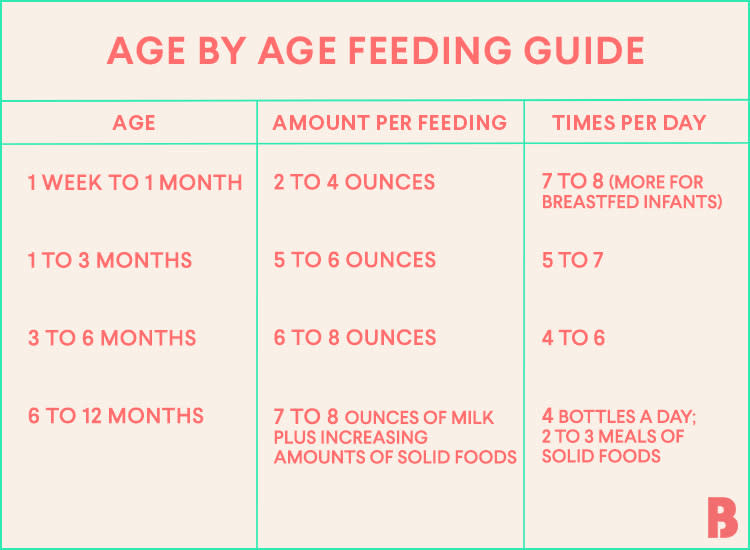 , 2008, “A Prospective Study on Canine Atopic Dermatitis and Food-Induced Allergic Dermatitis in Switzerland,” Veterinary Dermatology
, 2008, “A Prospective Study on Canine Atopic Dermatitis and Food-Induced Allergic Dermatitis in Switzerland,” Veterinary Dermatology
What to feed a pit bull puppy and an adult dog: diet
A pit bull is a formidable dog that requires a special approach to education. In addition, these animals also have their own characteristics in terms of nutrition, with which the owners of this breed should be familiarized before acquiring such a pet. What to feed a pit bull so that the dog is full, healthy and cheerful?
Contents
- 1. Features of feeding a pit bull
- 2. Natural products in the diet of a pit bull
- 3. Feeding a pit bull with ready-made food
- 4. What not to feed a pit bull
Peculiarities of feeding a pit bull
The American Pit Bull Terrier is a breed prone to allergic reactions, which means that the dog's diet should exclude possible allergens.
The owner of a pit bull always has a choice whether to feed his pet with natural food, or give preference to specialized ready-made foods. Moreover, it is necessary to take into account that it is impossible to feed a pit bull with waste from cooking. Natural food should consist of meat, dog-friendly cereals, and added vegetables and herbs. nine0003
Moreover, it is necessary to take into account that it is impossible to feed a pit bull with waste from cooking. Natural food should consist of meat, dog-friendly cereals, and added vegetables and herbs. nine0003
Even in the process of acquiring a four-legged friend, you need to ask what the puppy eats, what food he is used to, and in general, get detailed advice on the correct feeding of dogs of this breed. A baby just weaned from its mother is fed with cow's milk.
American pit bulls grow quite rapidly (you can read up to what age dogs grow). Already by the age of eight months they reach the size of an adult dog. After that, an intensive set of muscle mass begins. Based on this feature of development, nutrition should be clearly regulated and aimed at maintaining certain physiological characteristics. nine0003
Our Telegram channel with funny peselly videos 😁
https://t.me/dogipediaru
Pitbuli have special skin and coat, which is developed in the dog, which is developed in the dog. tendency to form subcutaneous wen. Again, this has a direct relationship with the products used. As soon as at least one formation has been discovered, the pet's diet should be completely revised. It is recommended to exclude flour products, sweets from the menu, reduce the consumption of products containing a large amount of animal fats - butter, sour cream, etc.
tendency to form subcutaneous wen. Again, this has a direct relationship with the products used. As soon as at least one formation has been discovered, the pet's diet should be completely revised. It is recommended to exclude flour products, sweets from the menu, reduce the consumption of products containing a large amount of animal fats - butter, sour cream, etc.
The basic rules for feeding pit bulls include the following:
- never, under any circumstances, feed your pet food from your own table;
- It is absolutely impossible to overfeed pit bulls, this leads to the fact that the dog begins to be lazy, gaining excess weight;
- starving a dog is also not worth it, when malnourished, it becomes irritable, restless;
- Pit bull food should not be very hot, but it is better not to give these dogs cold; nine0010
- pit bulls, like any other spoiled dog, may refuse food, hoping for better food; in this case, it is necessary to show the pet your character, and give the opportunity to go hungry for a couple of days.
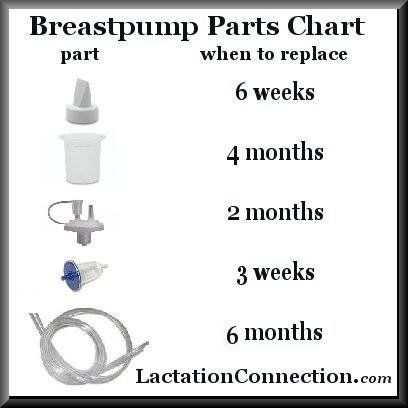
To improve your pet's digestion, you should give him the opportunity to rest for 30 minutes before and after meals. It is best to give your dog lighter meals in the morning, leaving the more nutritious meals for the evening feed.
Natural products in the pit bull diet
Any dog is fed according to its age, the number of feedings of pit bull puppies should be as follows:
In this mode, there is a clear tendency to reduce the number of feedings, and each time the portion should be increased until the puppy approaches the regimen of an adult dog.
Be sure to follow the regime, the water must be changed twice a day. Feeding a pet should be done only by the owners, it is not worth entrusting this matter to other people. If the pit bull has started the meal, you can not distract him, try to stroke, comb, etc.
If the pit bull has started the meal, you can not distract him, try to stroke, comb, etc.
Puppies are fed frequently, the food should be of high nutritional value, portions should be small, this facilitates its better absorption. Every day a puppy should eat 100 grams of meat, and once or twice a week a portion of offal - heart (chicken, veal), liver (chicken, beef), or beef lung. nine0003
Every day a puppy needs 40-50 grams of 2-4% fat cottage cheese, 100-150 grams of vegetables (grated carrots, pumpkins, zucchini, turnips), 100 ml of milk. A couple of times a week it is advisable to give one boiled egg.
It is recommended to feed pit bull puppies with cereals boiled in milk. The following cereals are suitable for this:
- Herculean flakes;
- buckwheat;
- rice;
- millet.
A teenage dog (at 7-8 months) needs more meat food than an adult pet - 600 grams per day, later the portion can be reduced to 450 grams. nine0003
Feeding a pit bull ready-made food
Pit bulls can eat ready-made food perfectly.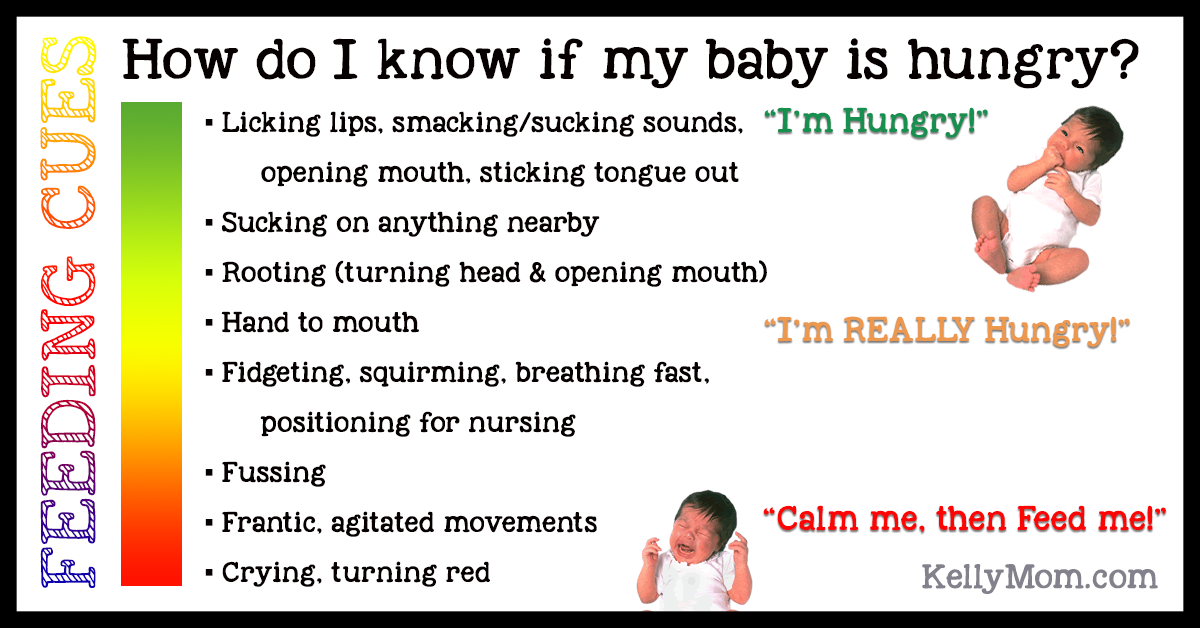 You can transfer puppies to it from the age of two months. But this must be done with caution, carefully monitoring the condition of the pet.
You can transfer puppies to it from the age of two months. But this must be done with caution, carefully monitoring the condition of the pet.
When choosing the right food, it is best to give preference to premium products and focus on the age of the small pet.
To make things go smoothly, the pet is initially given a few pellets of food as a treat. Then, for two or three days, it is necessary to observe the condition of the dog for manifestations of an allergic reaction or intestinal upset. nine0003
If the puppy feels great, you can start feeding him ready-made food. For a small pet, the daily portion is 110-120 grams, it must be divided into several times. Initially, feed pellets are soaked in boiled water, whole milk, low-fat kefir or yogurt. With this type of diet, it is very important to provide the animal with free access to drinking water.
If we talk about adult American pit bulls, then they also need to choose a quality food that is suitable for feeding large dogs.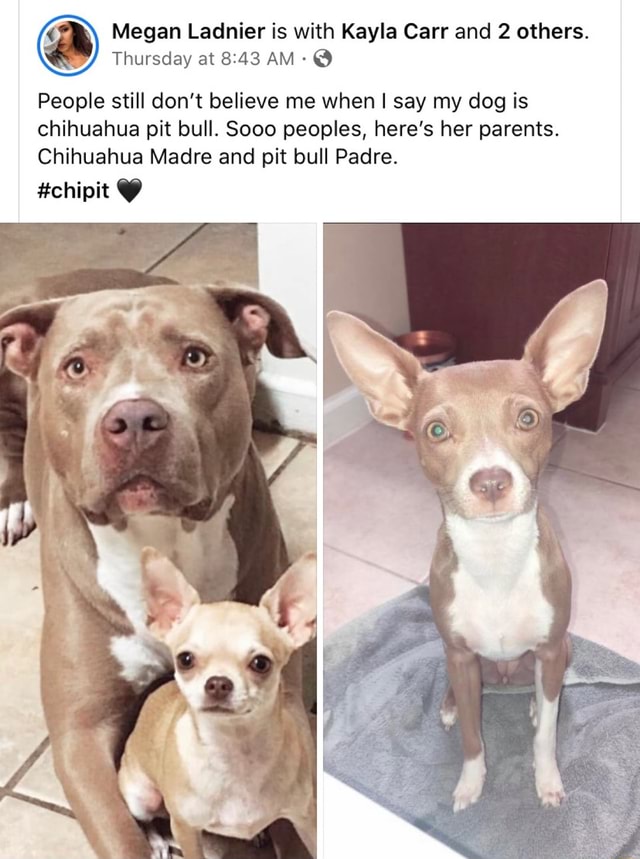 There is a special requirement for the composition - the protein content is not higher than 25%. It is extremely important to maintain a balance of minerals such as calcium and phosphorus. Excess phosphorus in the body of a dog can provoke malfunctions of the nervous system, for example, a pet may suffer from pathological cowardice. Therefore, many breeders of American Pit Bull Terriers do not recommend introducing food into the pet's diet, where the main component is fish. nine0003
There is a special requirement for the composition - the protein content is not higher than 25%. It is extremely important to maintain a balance of minerals such as calcium and phosphorus. Excess phosphorus in the body of a dog can provoke malfunctions of the nervous system, for example, a pet may suffer from pathological cowardice. Therefore, many breeders of American Pit Bull Terriers do not recommend introducing food into the pet's diet, where the main component is fish. nine0003
Even if the selected food is perfectly balanced, it is still necessary to treat your pet regularly with raw vegetables and cartilaginous bones. This is necessary for the prevention of diseases of the teeth and gums, especially from the formation of tartar.
What not to feed a pit bull
There are many foods that should not be included in a dog's diet:
- Broccoli is toxic, especially if consumed in large quantities.
- Grapes - adversely affects the condition of the pet's kidneys.
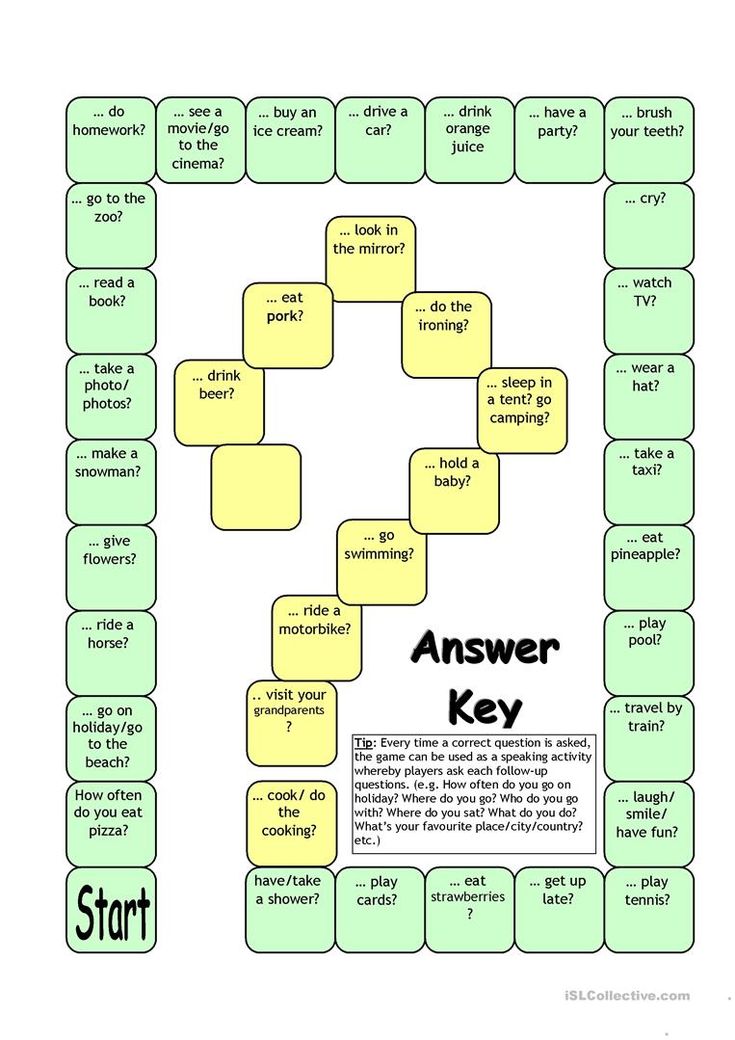 nine0010
nine0010 - Mushrooms - the toxins they contain can affect a dog's health.
- Baking from yeast dough - causes fermentation processes in the intestines, accompanied by the release of alcohol.
- Animal fat - adversely affects the entire digestive tract of the dog.
- Sugar substitute - Helps lower blood sugar levels.
- Potato - in most dogs, including pit bulls, this vegetable can cause diarrhea.
- Milk - it is great for puppies, but it affects adult pets as a laxative. nine0010
- Confectionery - dogs do well without sweets, which provoke problems with their teeth, digestive tract, and cause obesity.
Pit bull terriers do not need an additional source of salt, they get everything they need from food. It is necessary to exclude from the diet of the dog all fatty, fried, flavored with spices. It is also not recommended to give bread to pit bulls, except sometimes, as a treat, offer a rye cracker.
Is it possible to give bones to a pit bull terrier? Definitely not! Gnawing on bones can lead to various negative consequences:
- broken teeth;
- damage to the oral cavity by sharp fragments;
- bones often get stuck between the teeth, causing pain to the dog;
- more severe consequences - bone jamming in the esophagus, trachea, stomach;
- eating bones can cause constipation.

It is not uncommon for bone fragments to remain in the intestines instead of leaving the intestines naturally. This leads to intestinal obstruction. The situation is not easier when the sharp edges of the bone damage the rectum, and the dog begins to bleed. nine0003
Damage to the walls of the stomach or intestines can lead to bacterial infection. The resulting peritonitis can lead to the death of the pet.
Only the owner has the right to decide how to properly and what to feed his beloved pet. But it is still important to consult with a specialist before doing this.
Share this article
Categories: Feeding dogs |
author Male
formulating a diet for puppies and adult dogs
Pit bulls need to eat a balanced diet to stay in "sporty" shape. It is not recommended to feed this breed with cereals - they provoke weight gain. In addition, animals are prone to allergic reactions, so not all types of food are suitable for them.
A properly composed menu will help to control the diet and avoid many health problems of the pet.
Pit Bull Diet Base
The pit bull's diet should be dominated by protein foods of animal origin:
- lean meat - beef, rabbit, turkey;
- offal - heart, tripe, liver, udder.
Protein is one of the most important nutrients for animals. Its deficiency is fraught with stunting and exhaustion of the pit bull, disruption of vital functions in the body, deterioration of the skin and coat.
However, excess protein is harmful because it creates an additional burden on the kidneys and liver, leading to allergic reactions. Food of animal origin must be supplemented with other healthy products. nine0003
If the pit bull's diet is balanced and varied, the dog will have excellent health.
Which type of food to choose
There are 2 approaches to feeding pit bulls at home: natural foods and prepared foods.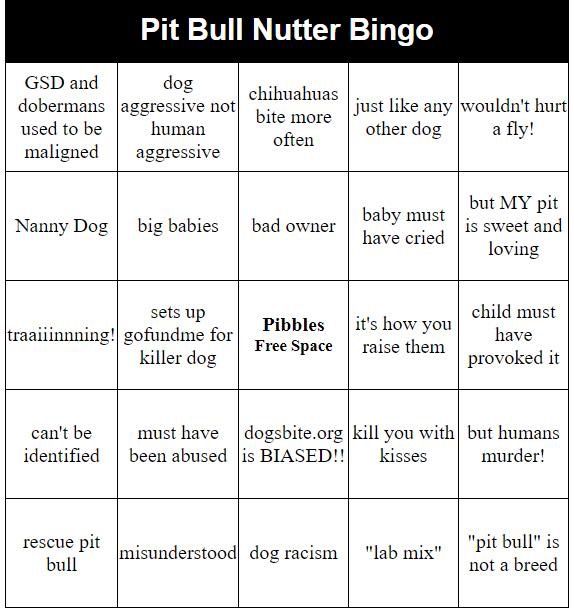 Each of them has its supporters.
Each of them has its supporters.
Important. It is undesirable to mix different types of food - this is fraught with disruption of the digestive tract. In an emergency, you can give the pit bull dry pellets in one feeding, and the "natural" in another. nine0032
Prepared dog food
Pit Bulls are suitable for premium and super premium class or holistic food containing 25% protein. They have a balanced composition and fully satisfy the needs of the dog's body.
It is highly undesirable to feed a pit bull with economy class products sold in any supermarket. There is no natural meat in such feeds, but they contain harmful flavoring and aromatic additives.
Pit bull food is selected according to the age and characteristics of a particular pet. Manufacturers produce separate lines for puppies, sick, elderly, sterilized dogs. nine0003
The following brands of food are suitable for pit bulls:
- Pro Pack;
- Royal Canin;
- Monge;
- 1st Choice;
- Hills;
- Bosch;
- Advanced;
- Orijen;
- Acana;
- Pro Plan;
- GO! NATURAL Holistic;
- Happy Dog.
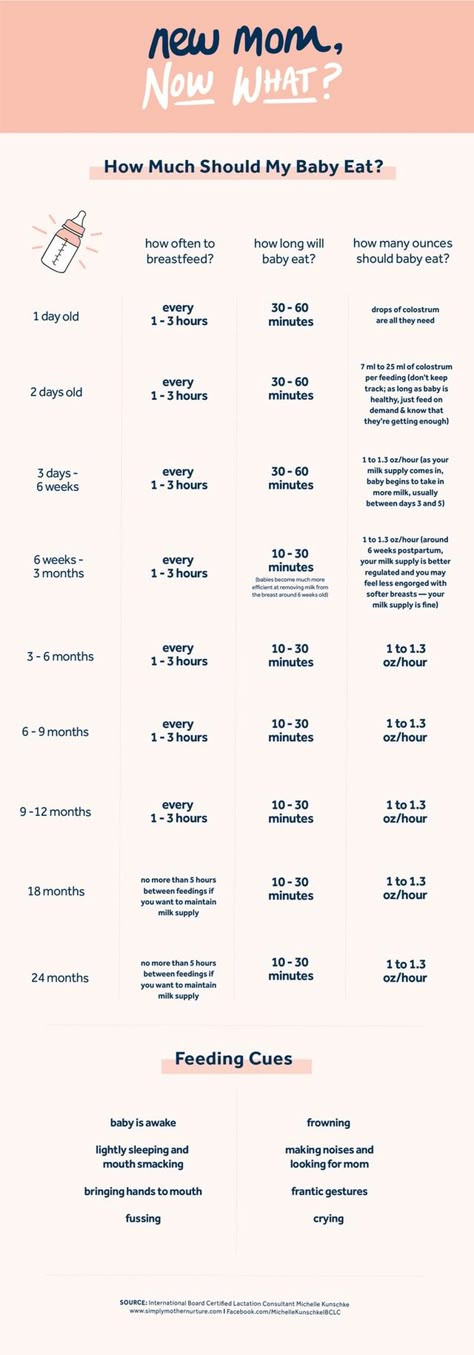
You can occasionally feed your pit bull canned food from the same manufacturer as dry food. This will add variety to the daily menu. nine0239
With this calculator you can find out the daily amount of food depending on the condition, activity level and weight of your pet. Read more [mask_link href=”https://litbro.ru/kalkulyator-korma-dlya-sobak” target=”_blank”]here[/mask_link].
Natural products
Some owners feed their pets exclusively with homemade natural food, which guarantees its freshness and quality.
Porridge is given only to puppies during the period of active growth. nine0003
Cereals contain a lot of carbohydrates, because of which the pit bull quickly gets fat. Dog handlers are advised to replace them with vegetables and dairy products.
Vegetables are rich in nutrients and dietary fiber.
Pit bull can be fed:
- cauliflower;
- zucchini;
- pumpkin;
- tomatoes;
- carrots.
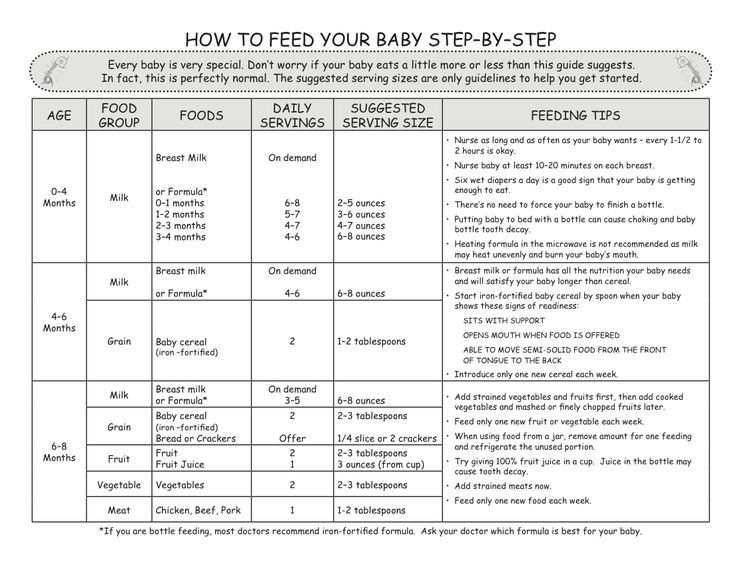
Beets are given in small doses as they can cause diarrhoea. White cabbage is pre-stewed or boiled - when raw, it provokes bloating. nine0003
Vegetables are cut, seasoned with sour cream or vegetable oil - it turns out a real vitamin cocktail. It is allowed to give them along with meat.
Fruit is used as a reward. A pit bull will not refuse a tasty piece of apple, pear, banana or peach.
Dogs are fed daily low-fat fermented milk products:
- kefir;
- curdled milk;
- unsweetened yogurt;
- bifidocom;
- cottage cheese. nine0010
Pit bulls are fed boiled chicken or quail eggs 3-4 times a week. These are sources of protein, folic acid, amino acids and minerals.
In the absence of allergies, a pit bull is given once a week a fillet of sea fish - mackerel, pollock, flounder, capelin. If the dog has gained excess weight, meat is replaced with this product. The dog is kept on a diet until its condition returns to normal.
For your information. After eating, the animal should not actively move. In order for the food to be well absorbed, the pit bull needs to rest for 30-40 minutes. nine0032
What not to feed
Pit bulls are prone to cardiovascular diseases, so they should not be fed any fatty and fried foods, sweets and fast food.
These foods cause plaque to build up on the walls of the arteries, which leads to impaired blood circulation and irregular heart rhythms.
The following foods are also prohibited for pit bulls:
- sausages and smoked products;
- river fish; nine0009 tubular bones;
Food from the human table is contraindicated for dogs.
Important. The food is neither too hot nor too cold.
A pit bull should always have access to fresh water.
How many times a day to feed
With moderate physical activity, adult pit bulls are fed once a day in summer, 2 times a day in winter. In the cold season, the dog uses a lot of energy to keep warm, so he needs extra calories. nine0003
The puppies' diet is completely different. Babies grow fast, so they are fed much more often:
- up to 2 months - 6-7 times a day;
- from 2 to 4 months - 5 times a day;
- from 4 to six months - 4 times a day;
- from 6 to 8 months - 3 times a day.
At 9 months, pit bulls are switched to two meals a day. After a year, you can limit yourself to one feeding.
Note. The pit bull is fed at the same time - then the dog's digestive system will work like clockwork. nine0032
What to feed a pit bull
Mistakes in feeding lead to indigestion, reduced activity, matting coat and many chronic diseases.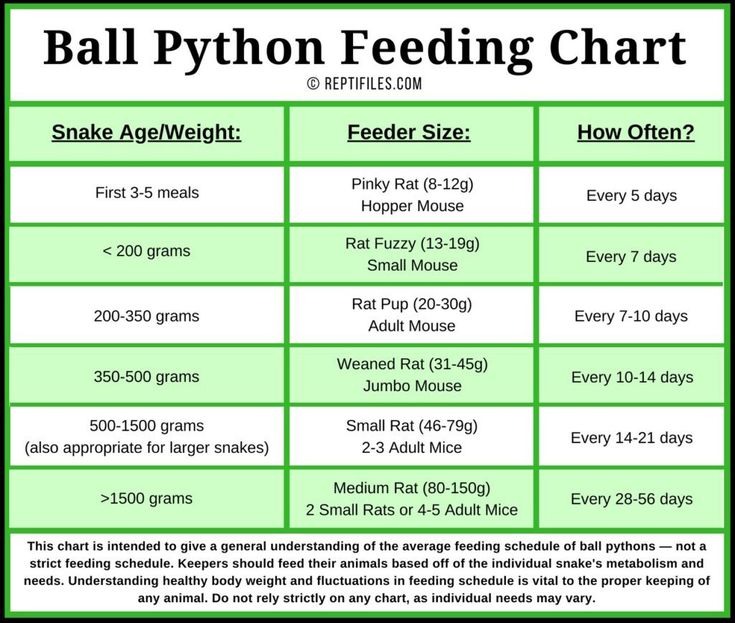
The period up to a year is especially important. At this time, eating habits are laid and the basis for the harmonious development of the pit bull.
1-2 month
Puppies are breastfed for the first month of life. Mother's milk fully covers the nutritional needs of the baby's body. nine0003
Then small pit bulls are fed with cow's or goat's milk. Gradually introduce other products:
- cottage cheese and kefir;
- meat;
- vegetables;
- porridge.
After moving into a new home, the pit bull puppy is fed the same foods that he is used to eating at the breeder.
Approximate diet for a 2-month-old baby:
- whole milk with egg yolk and 1 teaspoon of honey; nine0009 fermented milk products;
- rice, buckwheat or oatmeal with milk;
- vegetable salad;
- pieces of meat or cooked offal.
For now it is enough to give a puppy 100 grams of meat a day.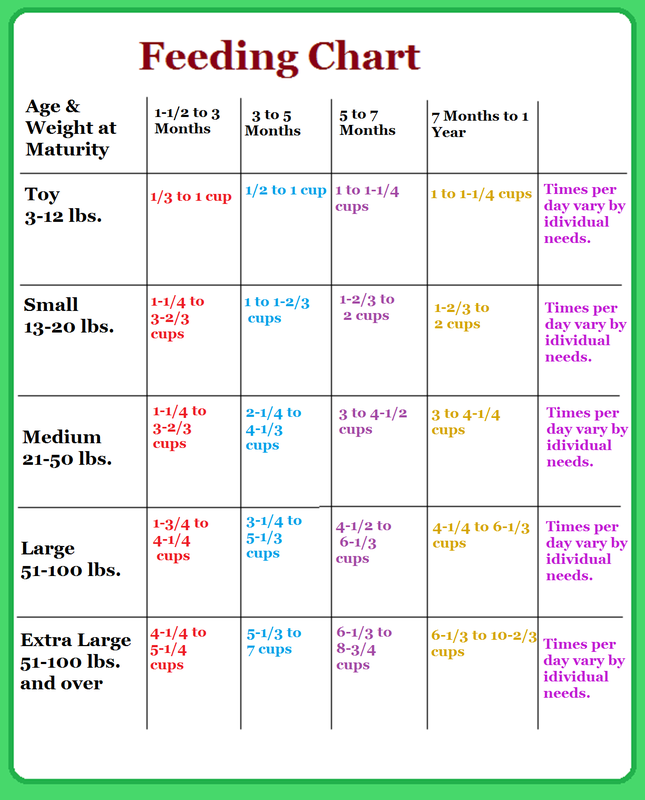
2-4 month
Milk is gradually removed from the diet, as dogs stop absorbing it with age. At 3 months, the puppy can already be given fish - this is an easily digestible source of nutrients.
Feeding plan:
- fermented milk products; nine0010
- porridge with meat/fish;
- vegetable salad;
- meat/offal.
In order for the puppy to develop properly, vitamin-mineral complexes are introduced into the diet, which are chosen together with the veterinarian.
For your information. Puppies older than 4 months can be switched to ready-made food. The transition should be smooth: first, a quarter of the serving is replaced with a new food, after a few days a third, etc.
6 months and older
Puppies continue to develop actively - portions should grow with them. But the number of cereals is reduced to a minimum so that the pit bull does not acquire excess weight. nine0003
nine0003
Feeding plan:
- fermented milk products;
- meat porridge/vegetables and fruits;
- meat with vegetables.
At 8 months, the puppy stops stretching and begins to actively gain muscle mass. Now cereals can be completely eliminated - the dog no longer needs extra carbohydrates.
At this age, the pit bull should be given about 600-700 grams of meat products per day. When growth stops, the rate is reduced to 450 grams per day.
nine0002Adult dog
Adult pit bulls are fed all permitted foods. However, the breed has features that must be taken into account when compiling a diet.
Pit bulls are often found to have hip dysplasia. To prevent the onset of the disease, foods rich in collagen and calcium are included in the diet of dogs:
- pig ears;
- tendons;
- cartilage.
Periodically, dogs are given chondoprotectors - preparations that protect the joints. They contain glucosamine and chondroitin sulfates, which have a positive effect on the musculoskeletal system. nine0003
They contain glucosamine and chondroitin sulfates, which have a positive effect on the musculoskeletal system. nine0003
The dog must not get fat. Excess weight not only loads the skeleton and internal organs, but is also one of the reasons for the appearance of wen (lipomas). This is a benign tumor, which is an overgrown adipose tissue. Under adverse conditions, it can degenerate into a malignant one.
Don't follow your dog's lead and feed him only the food he wants. If the pit bull refuses food, the bowl is removed and taken out again after a couple of hours. Most likely, a hungry dog will eat everything that was offered to him. nine0003
At most, the animal will show off for a couple of days - there is nothing to worry about.
Important. Light foods are best given in the morning, and more nutritious and satisfying foods in the evening.
What to feed during pregnancy and after childbirth?
The diet of a pregnant female is changed starting from the 4th week - up to this point, physiological changes in the body are insignificant.
When the fruits increase in size, the portions are slightly reduced, and the number of meals is adjusted to 3 times a day. The dog is given more meat, fish and cottage cheese. nine0003
Required to include feed additives containing vitamin A, calcium and phosphorus.
After the 7th week, the pit bull is fed 4 times a day. But the dog should not overeat. Excess weight is fraught with complications during childbirth.
For your information. Bones and tendons are excluded from the diet because they cause constipation.
A couple of days before giving birth, the dog may refuse to eat. But they still put a bowl of food next to her so that she can eat at any time. nine0003
After the birth of pit bull terrier puppies continue to feed intensively 5-6 times a day. When babies begin to feed, the amount of food is gradually reduced. By the end of lactation, the normal diet is returned.
What to feed a dog at the age of
To keep an elderly pit bull healthy and alert, he is fed according to the following rules:
- the daily amount of food is reduced to 2.
 5-3% of the animal's weight;
5-3% of the animal's weight; - the amount of protein food is reduced, and the proportion of vegetables is increased; nine0010
- food is given 3-4 times a day in small portions to facilitate the work of the digestive tract.
When eating ready-made food, the pit bull is transferred to the line for senior dogs.
Vitamins and mineral supplements
Feed supplements are necessary if the pit bull is on a natural diet. High-quality dry food already contains all the nutrients.
Pit bulls need the following vitamins:
- vitamin A - ensures the harmonious development and good condition of the coat, maintains visual acuity; nine0010
- vitamins of group B - necessary for the normal functioning of the nervous system and brain, the correct course of metabolic processes;
- vitamin C - strengthens the immune system and activates the body's defenses;
- vitamin D - responsible for the health of the musculoskeletal system, regulates the balance of phosphorus and calcium;
- vitamin E - is involved in hematopoiesis, improves the condition of the skin and coat.
